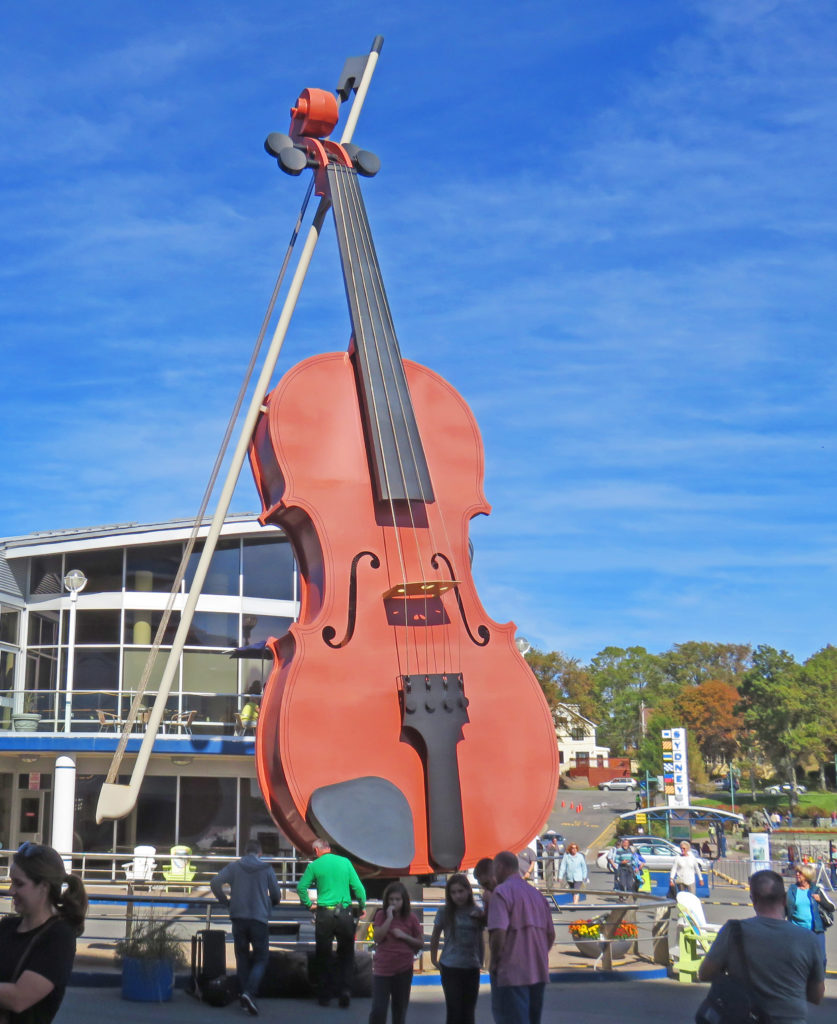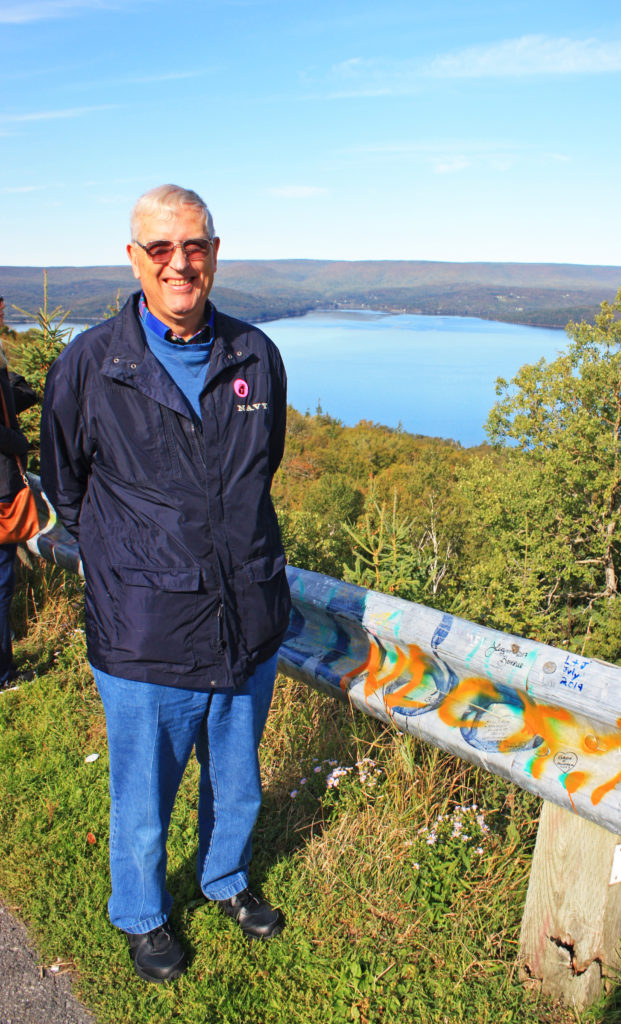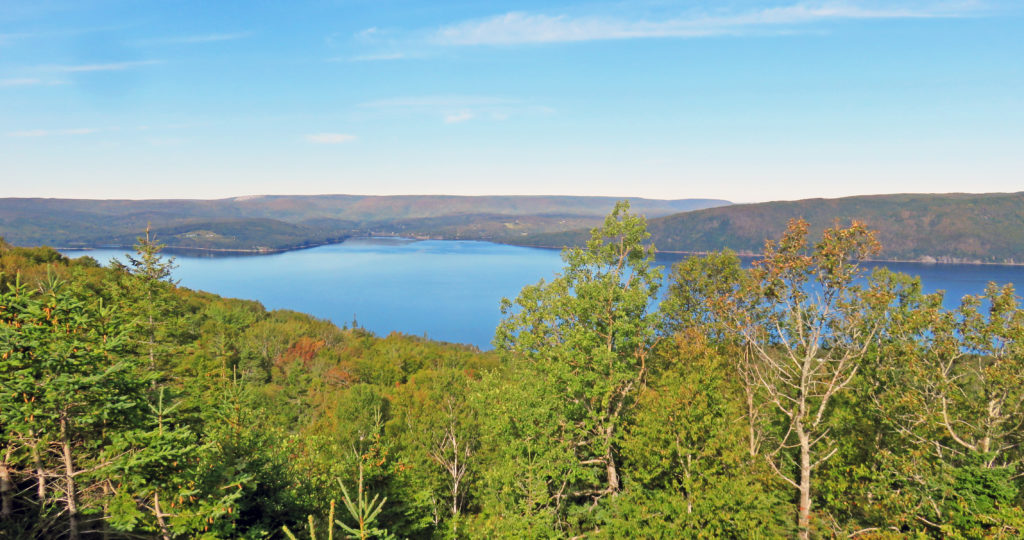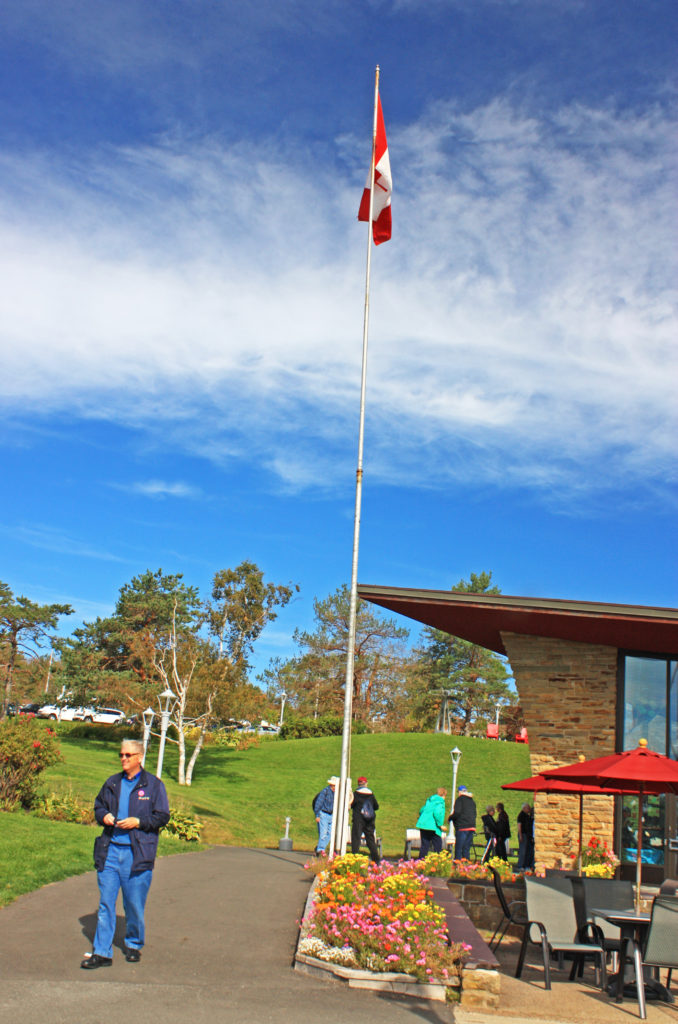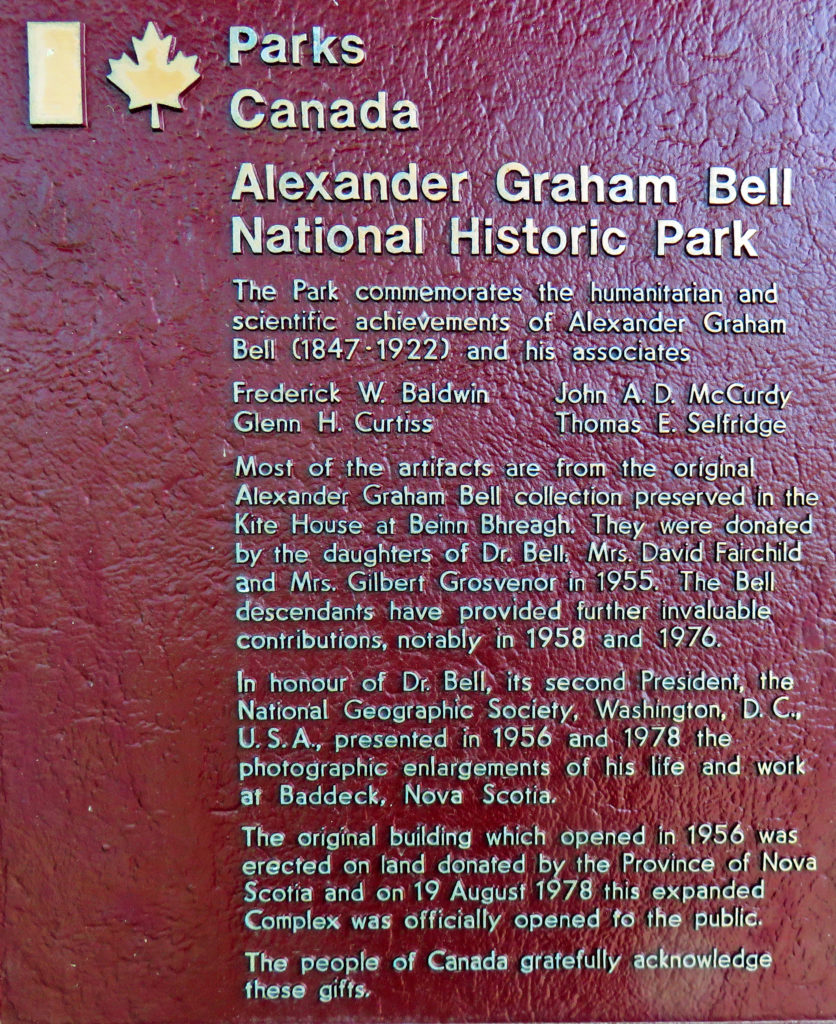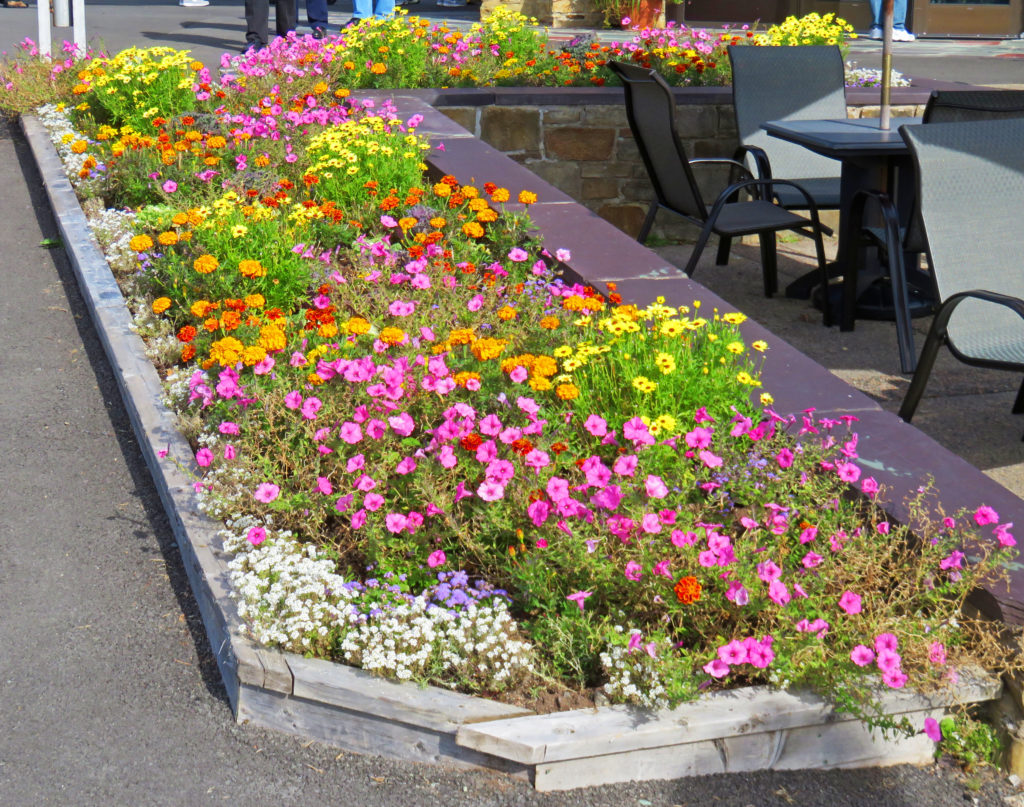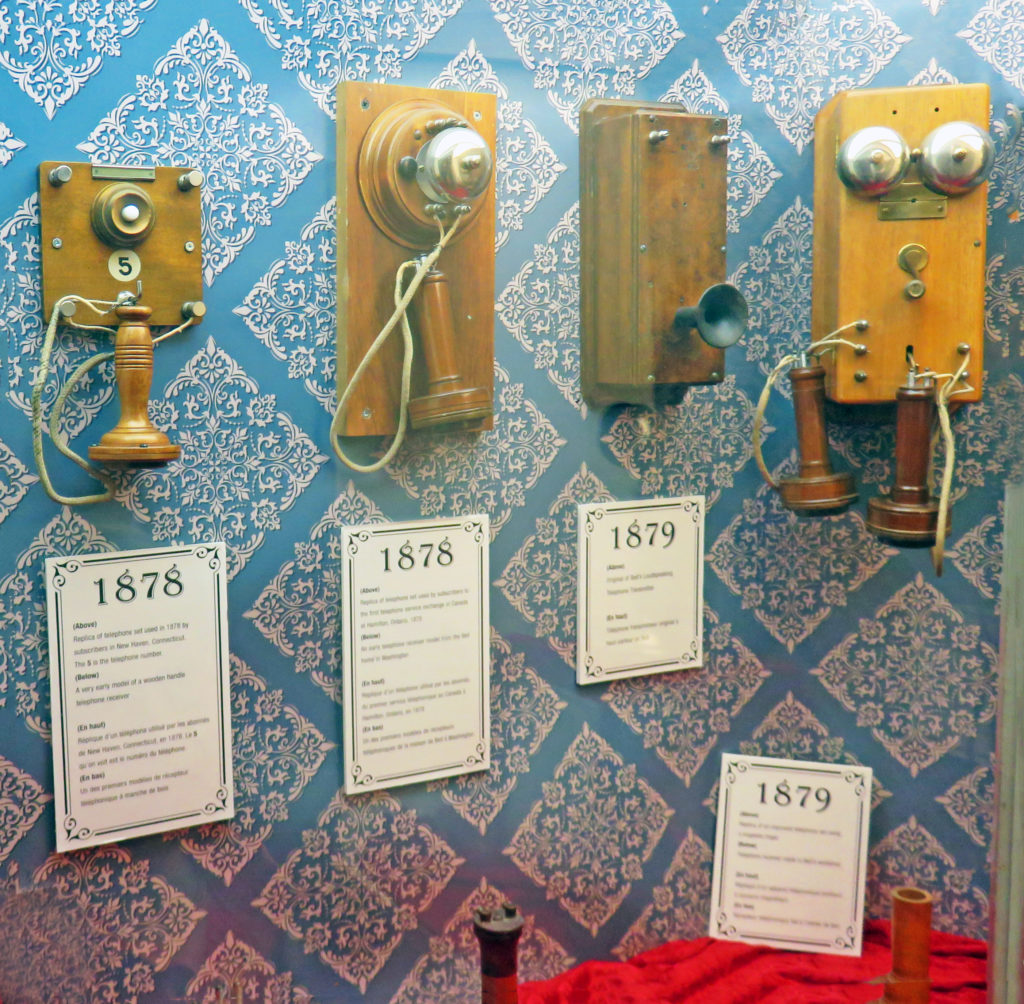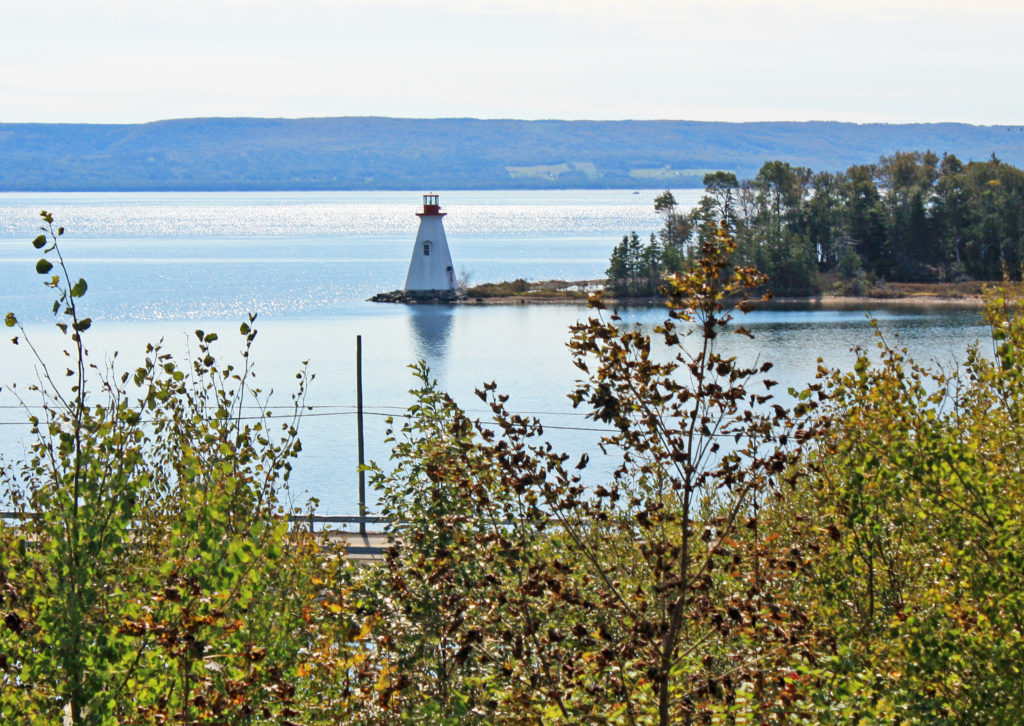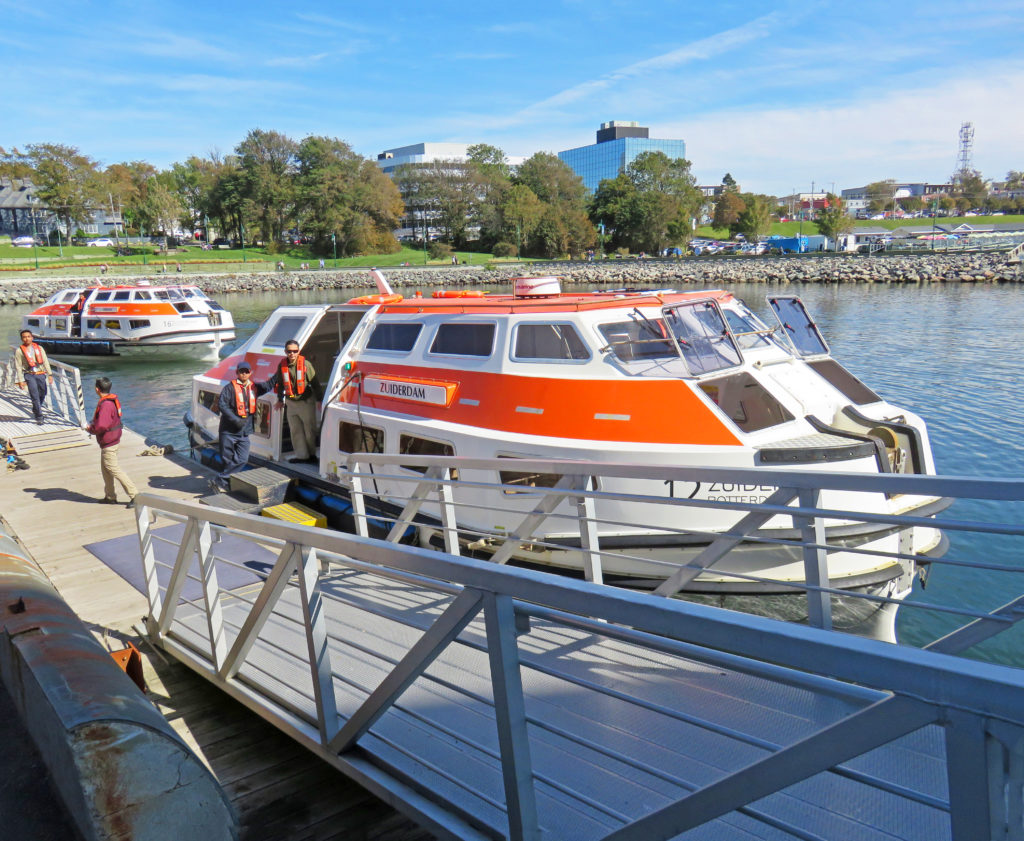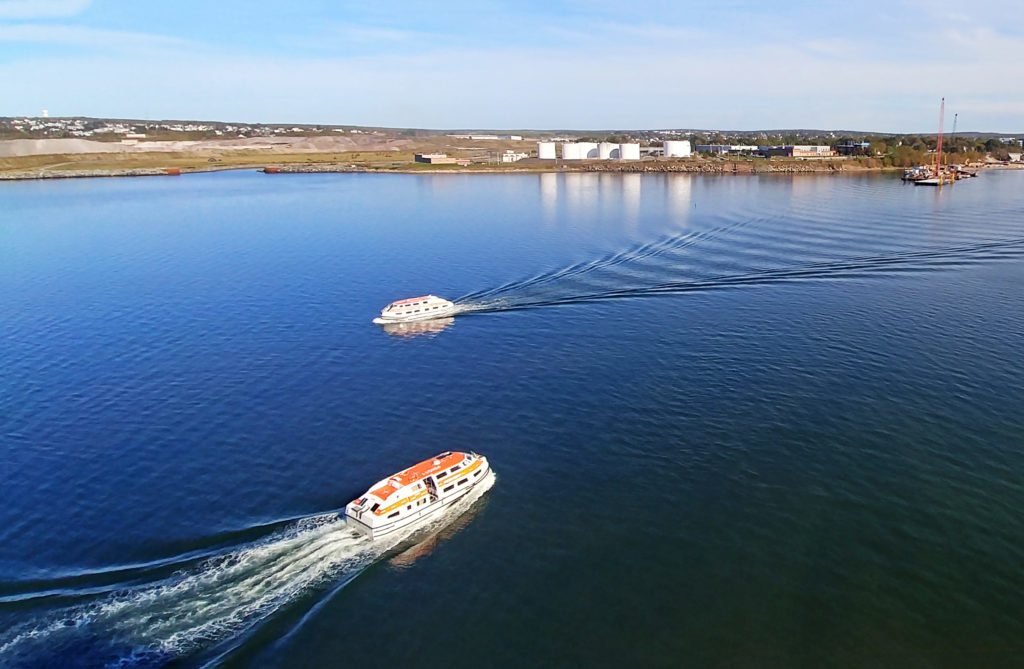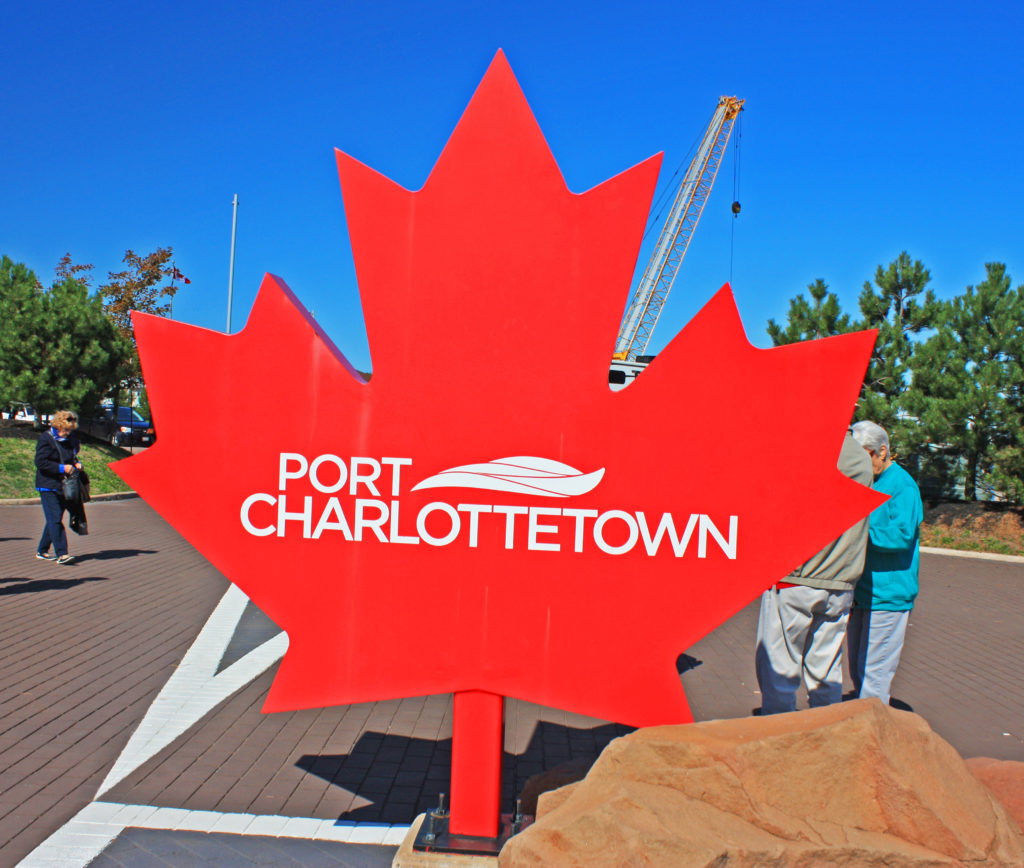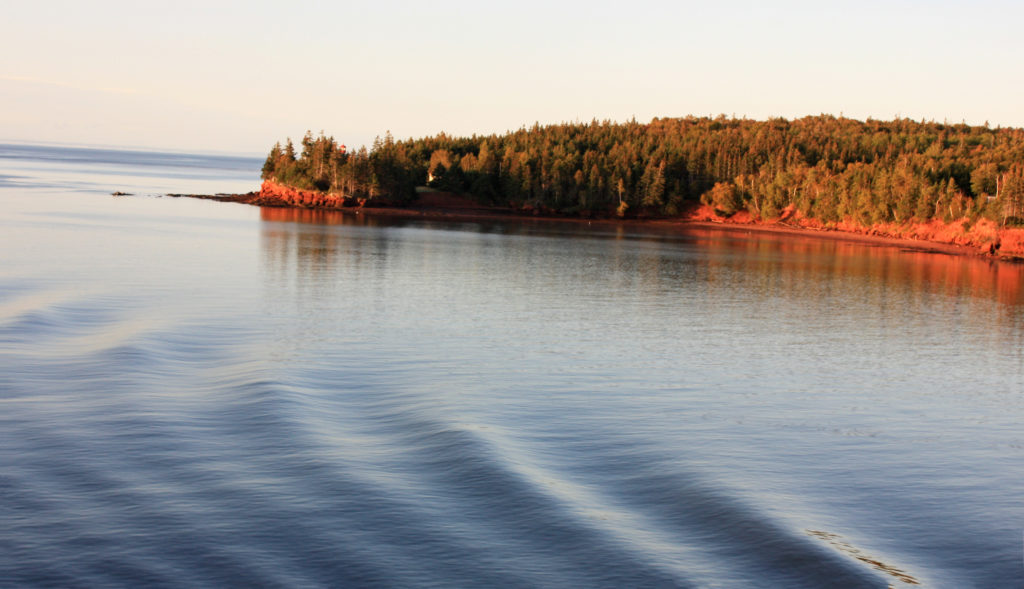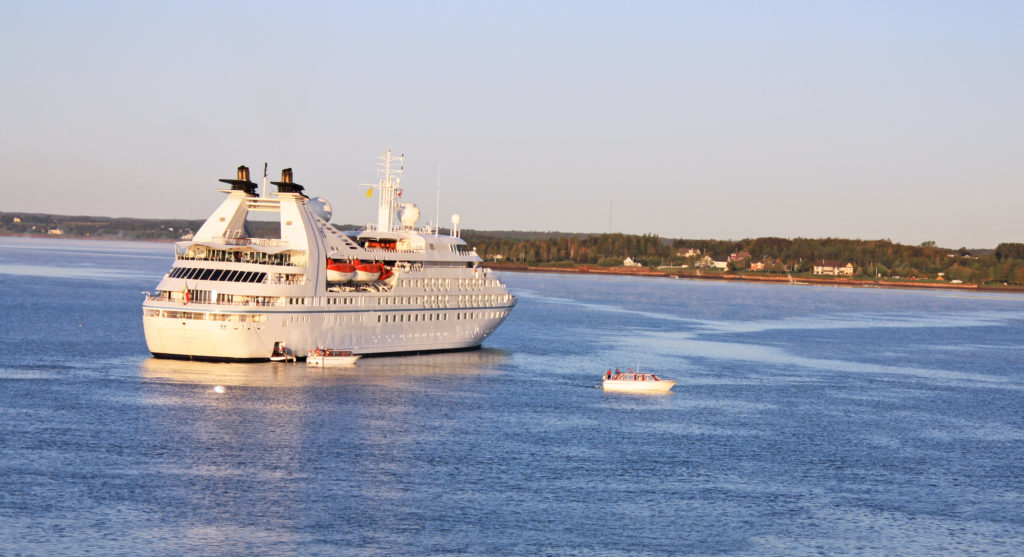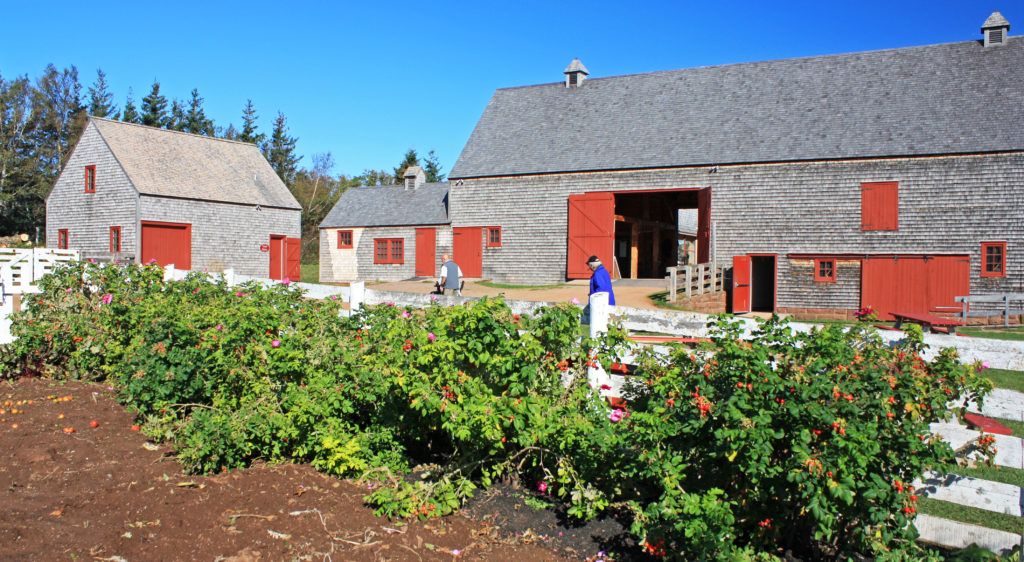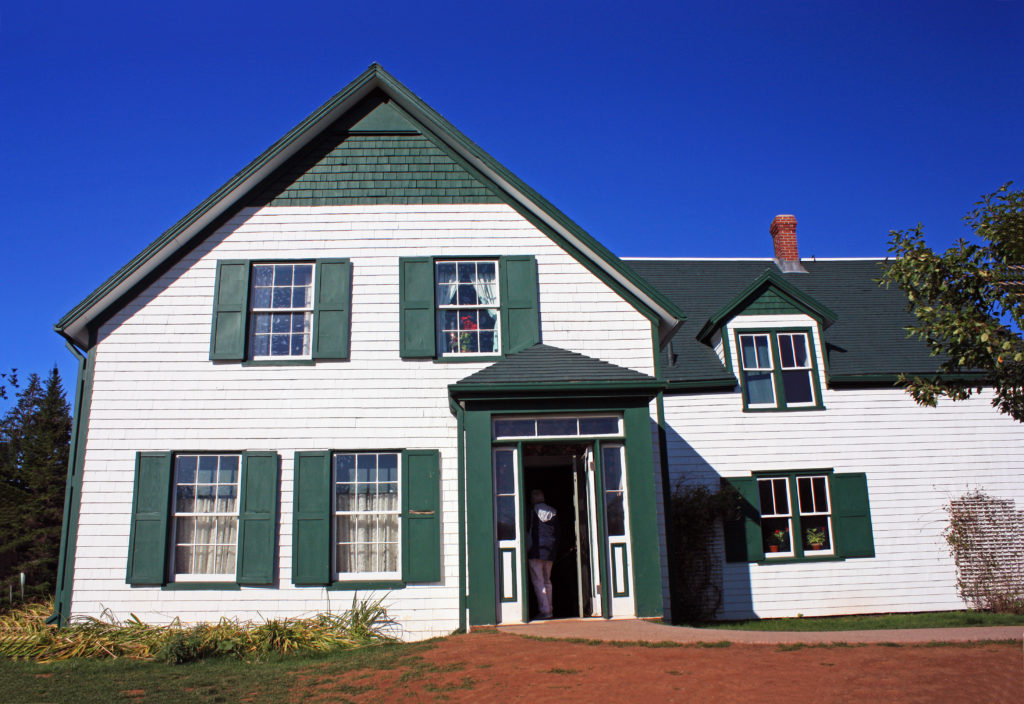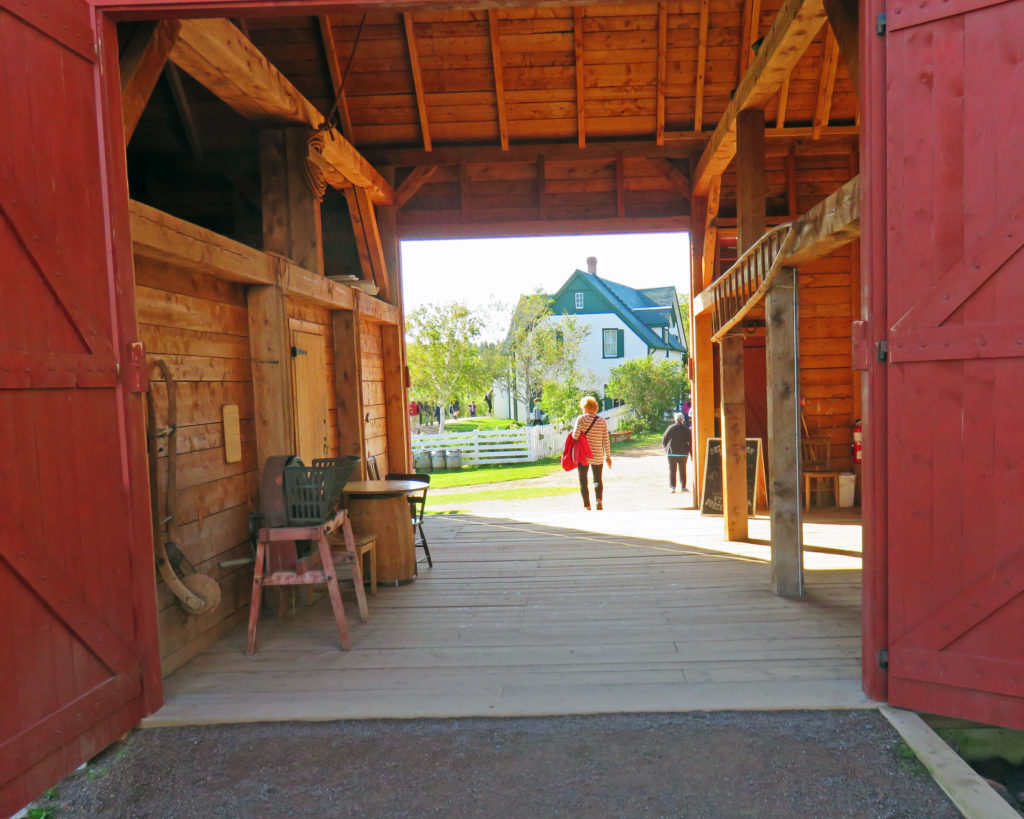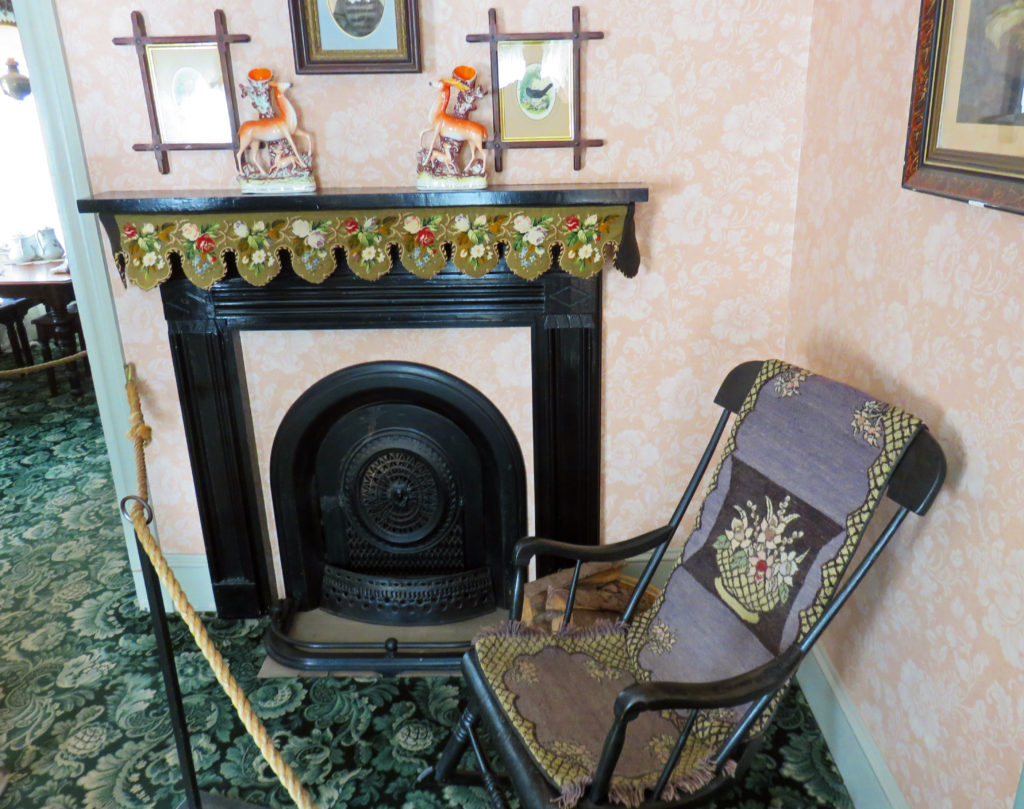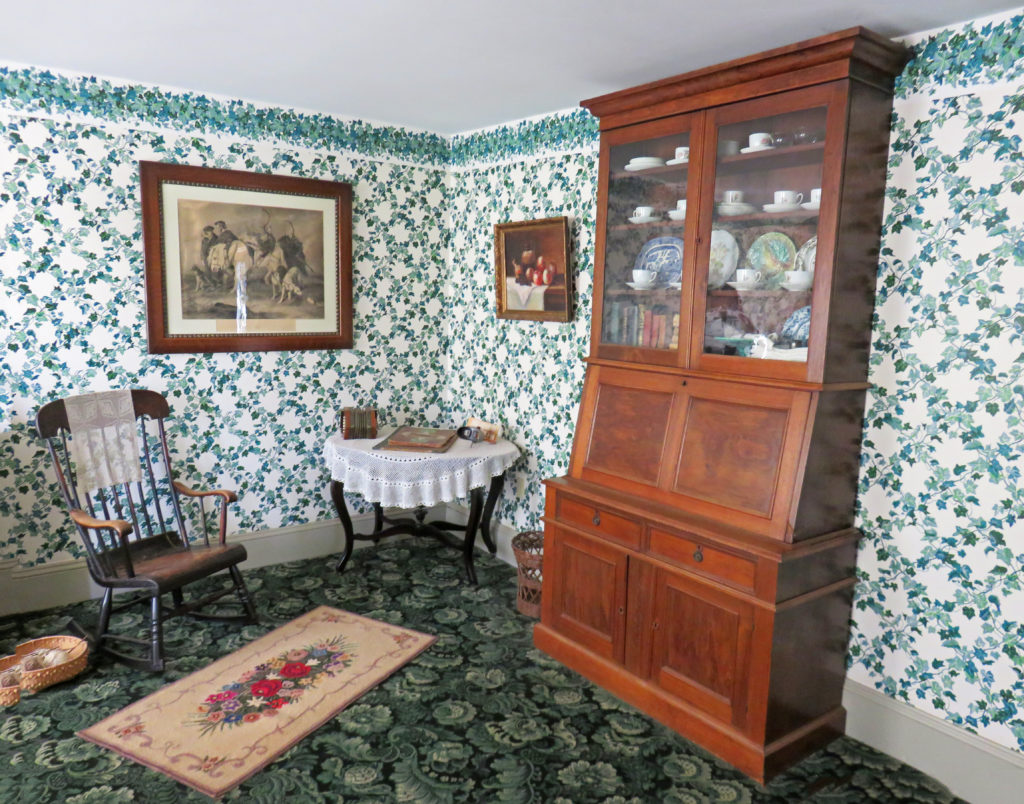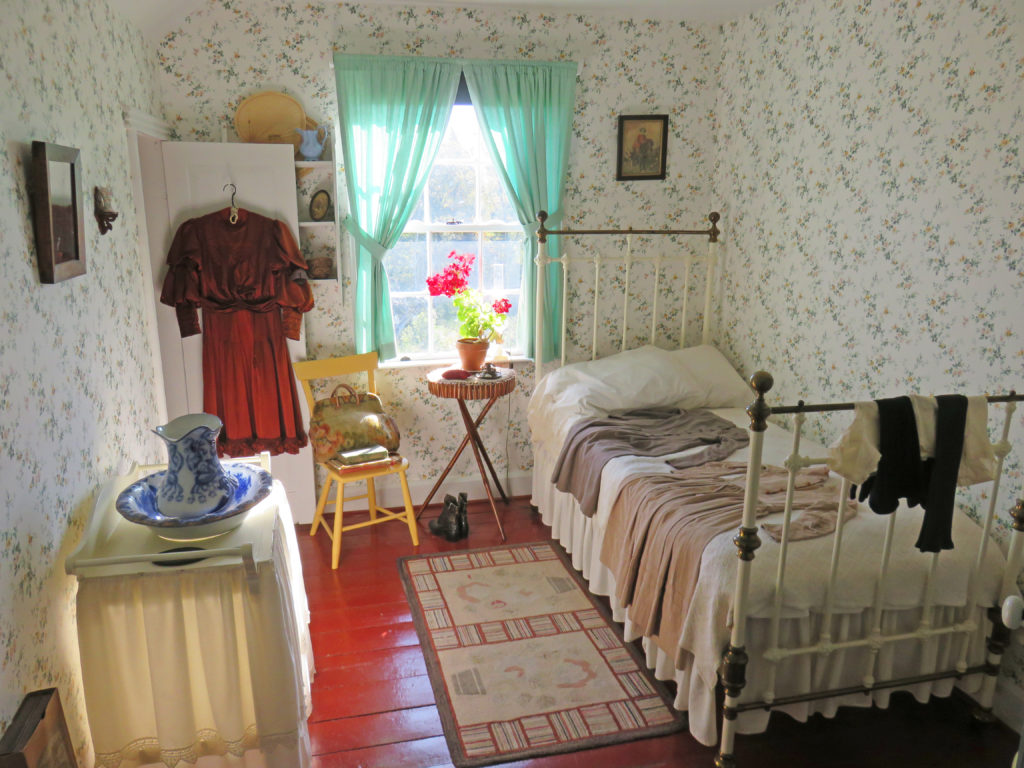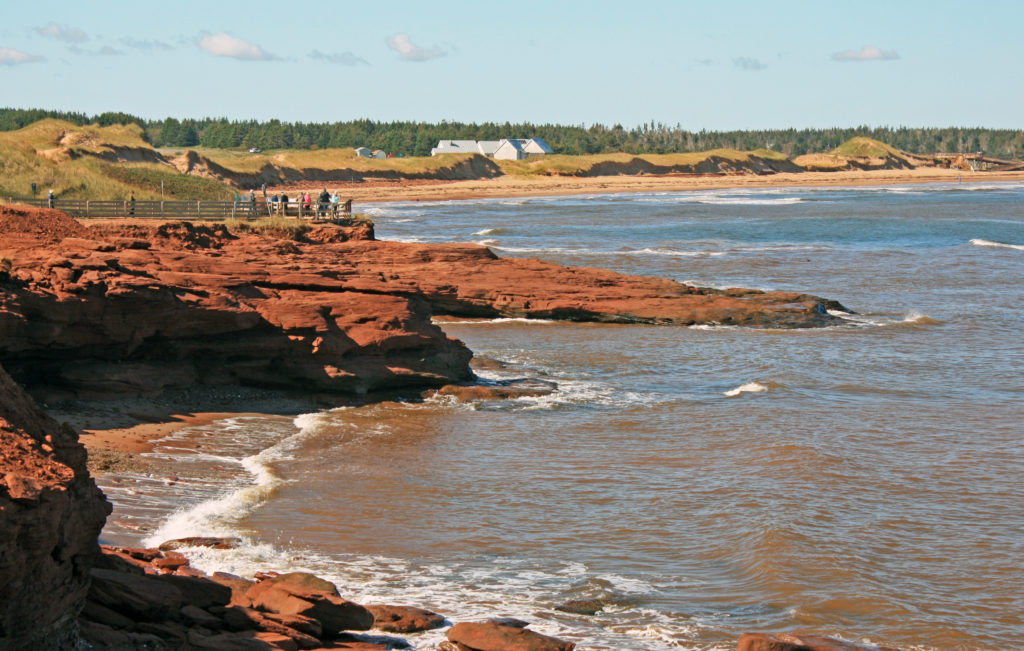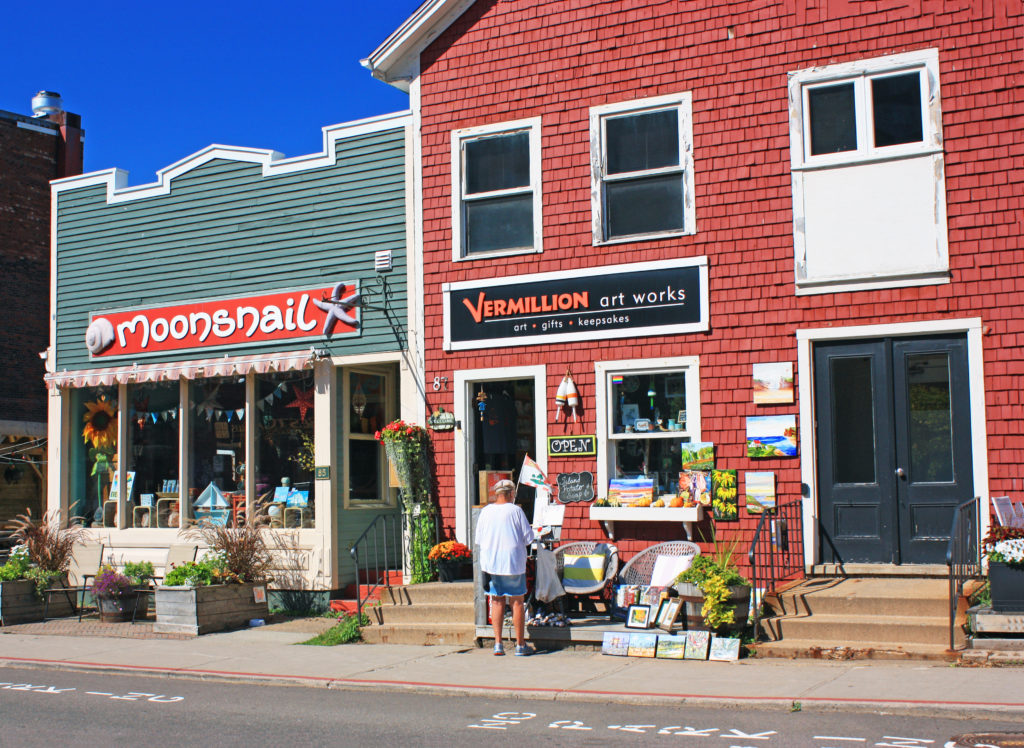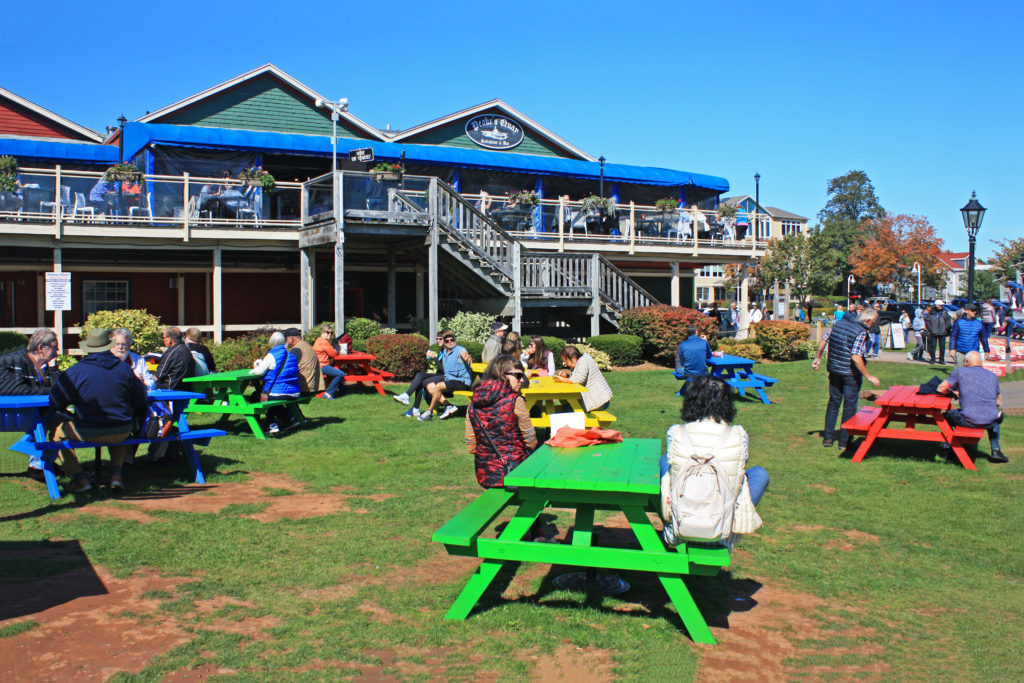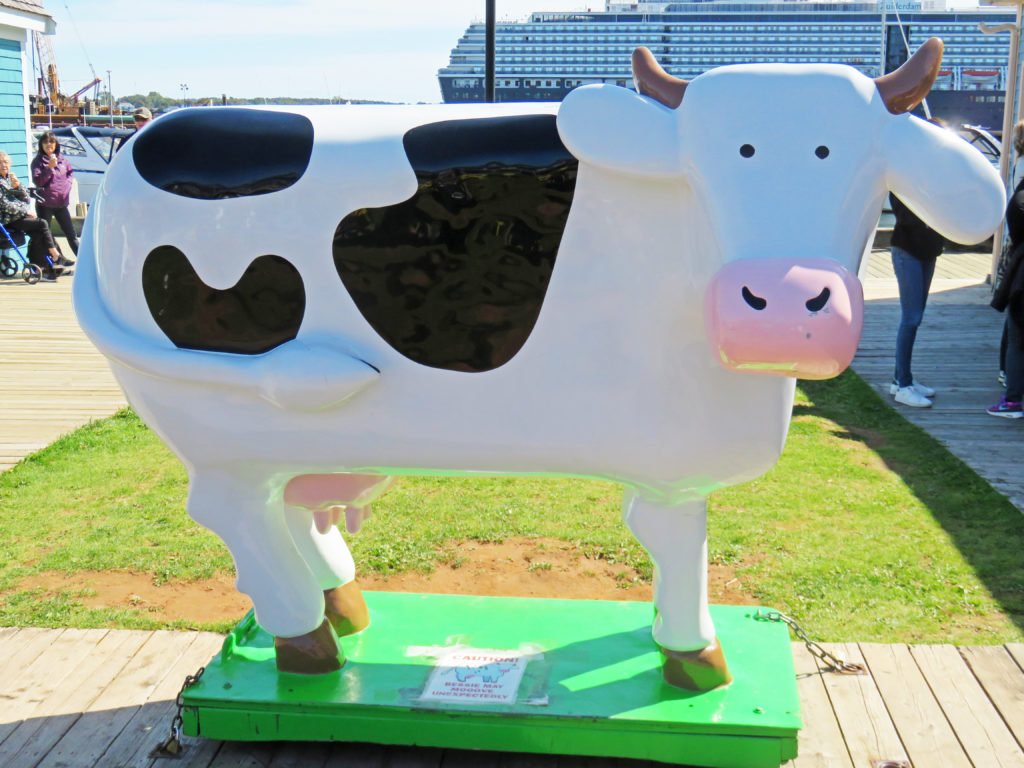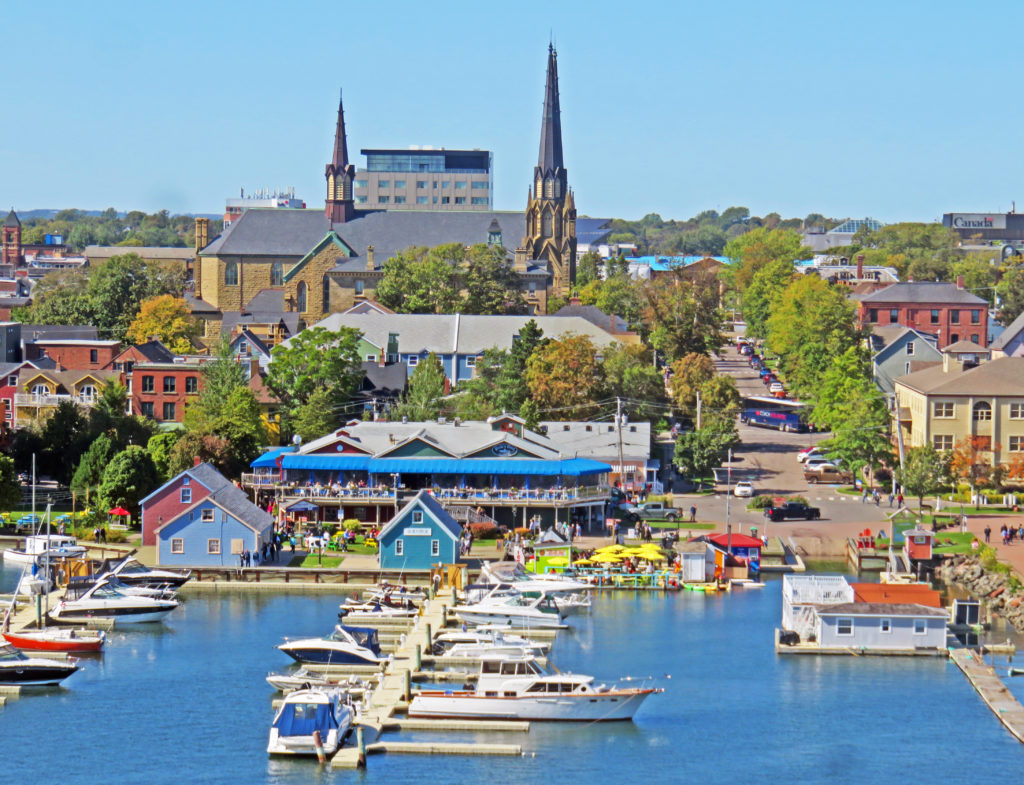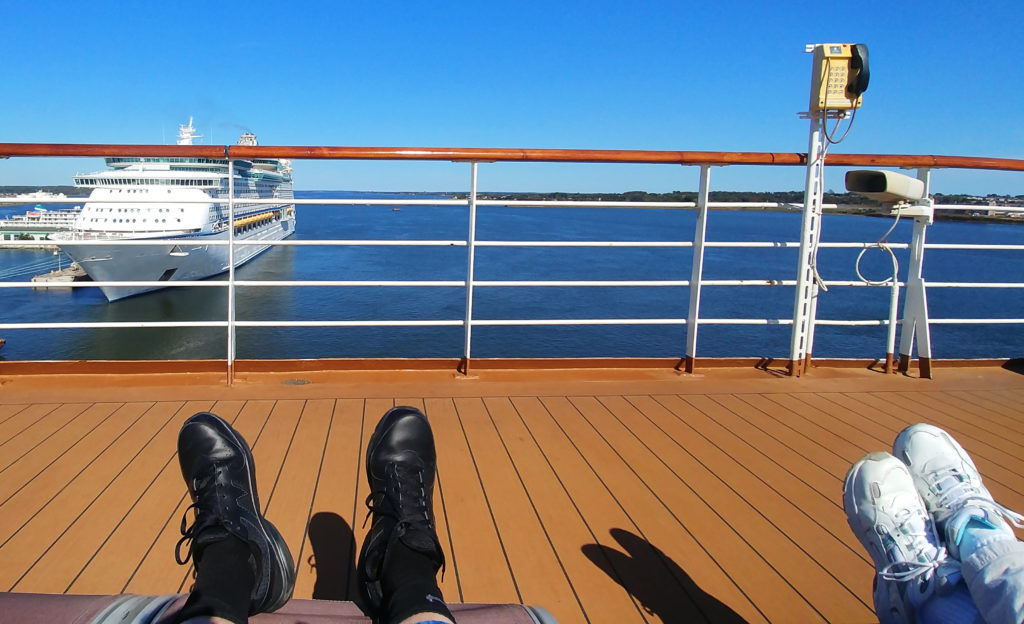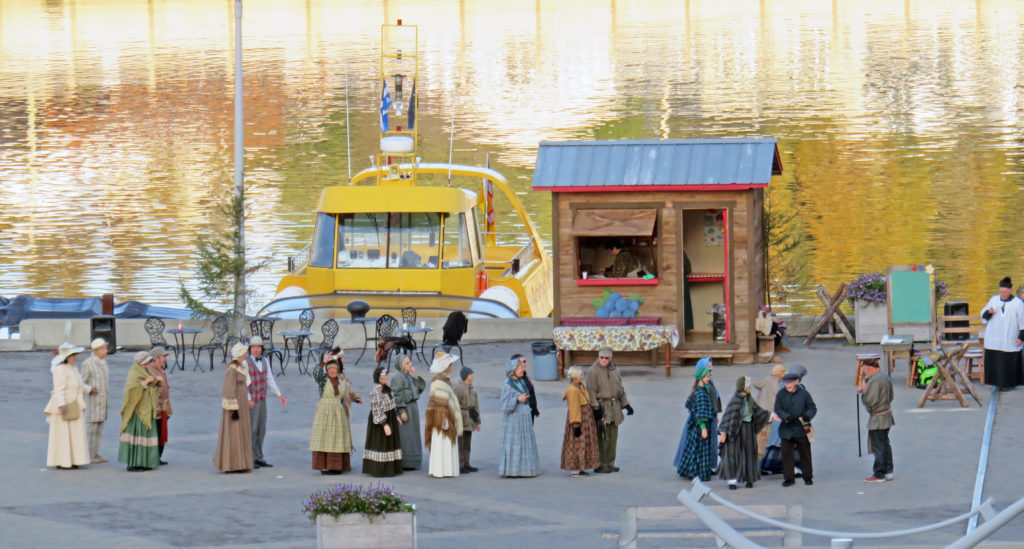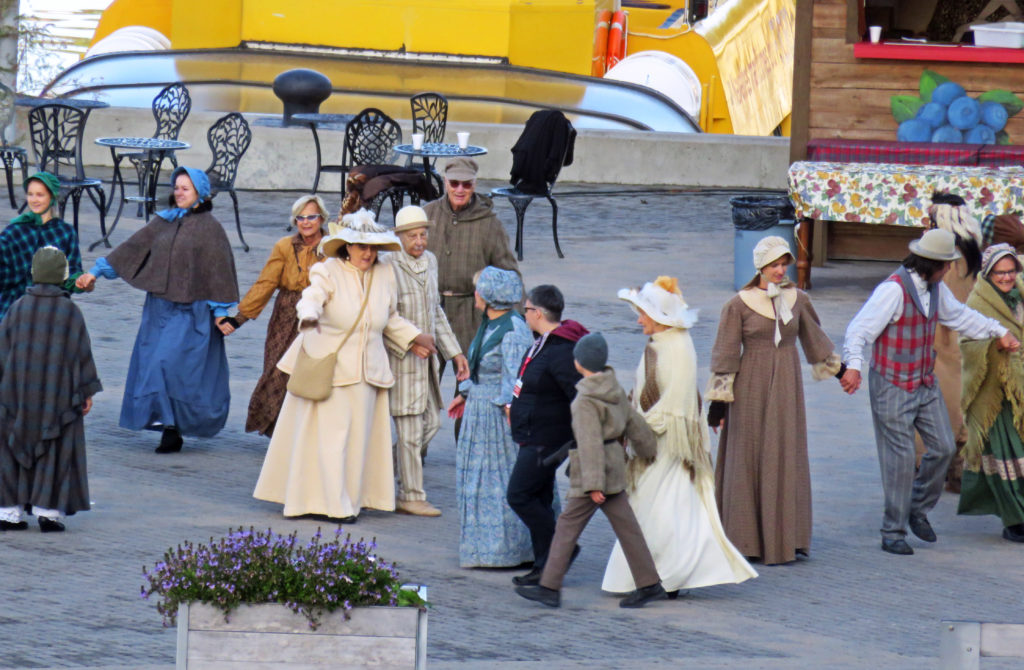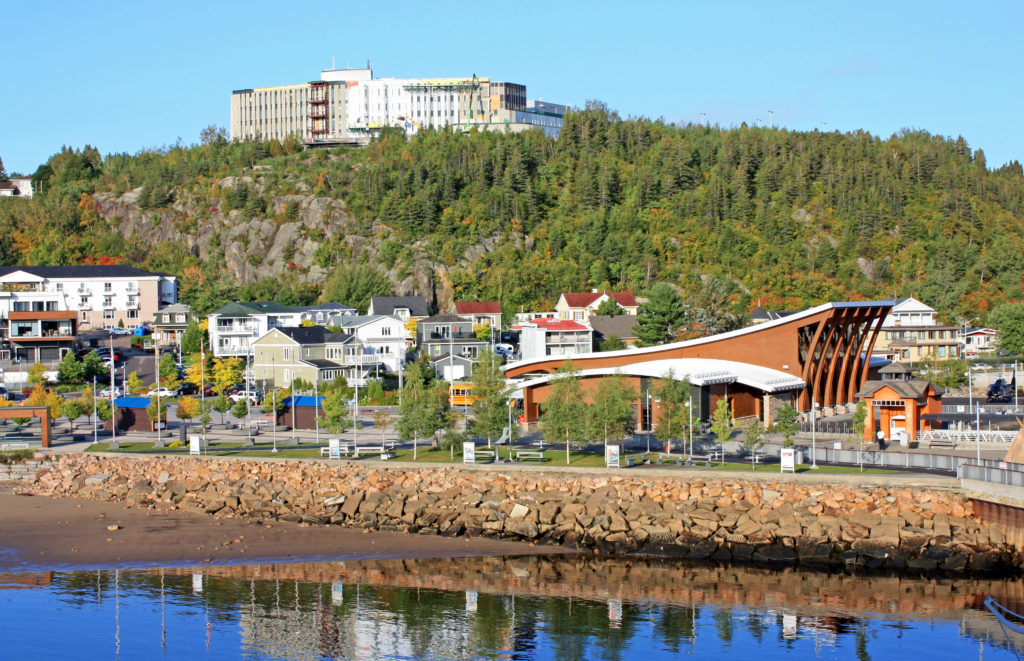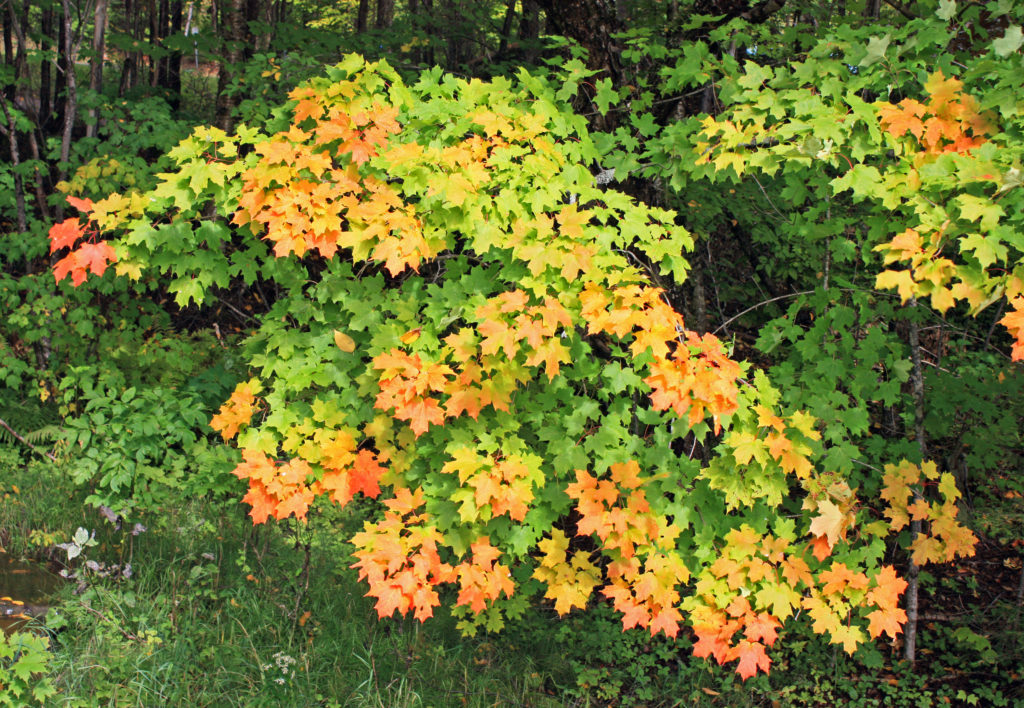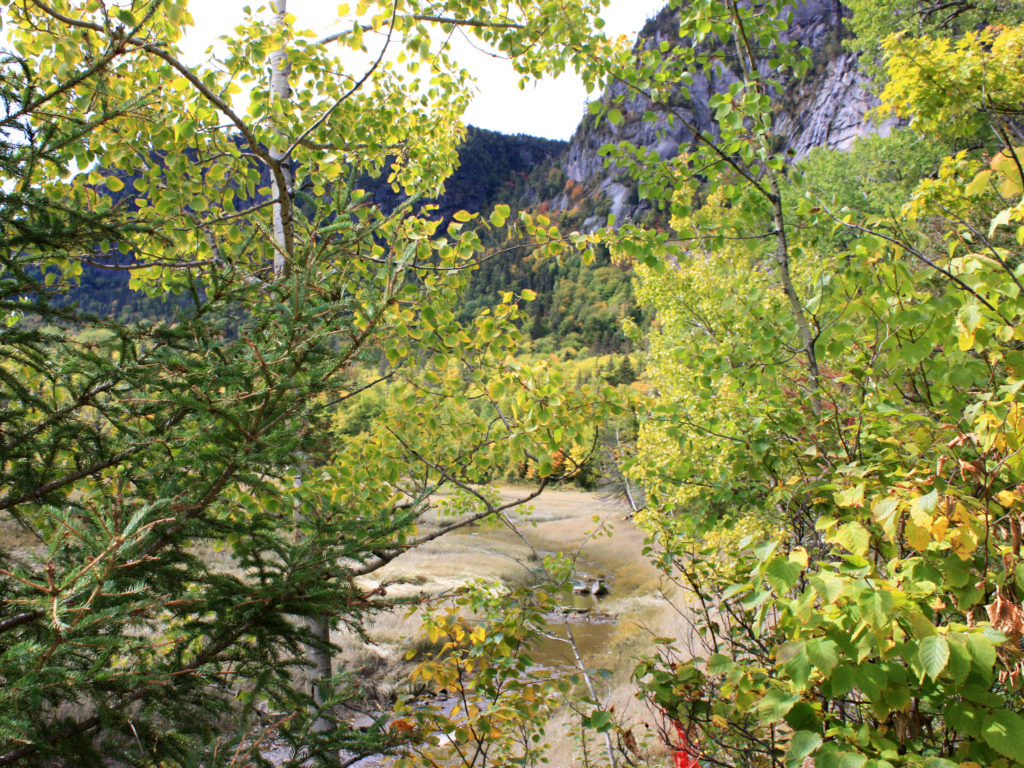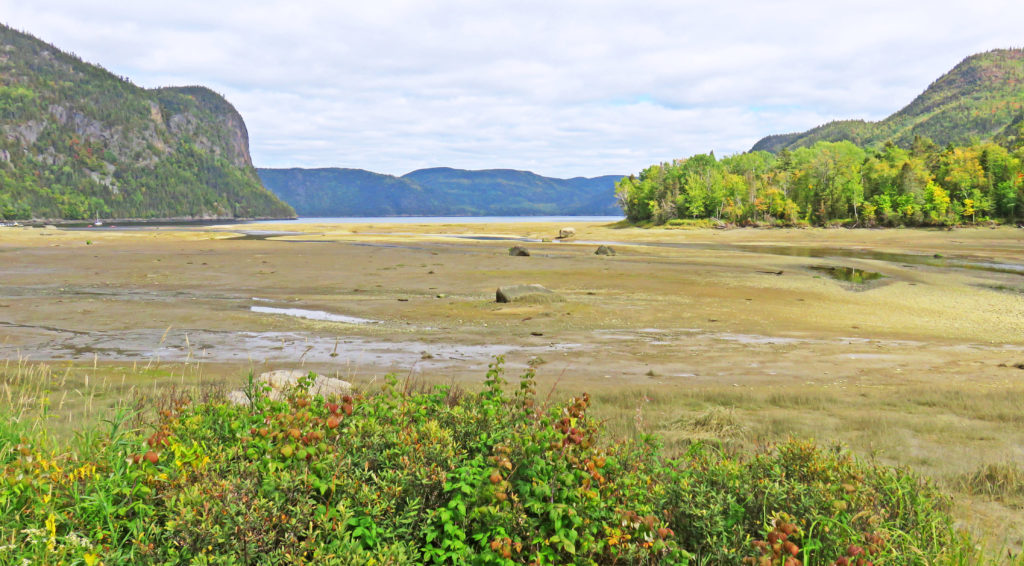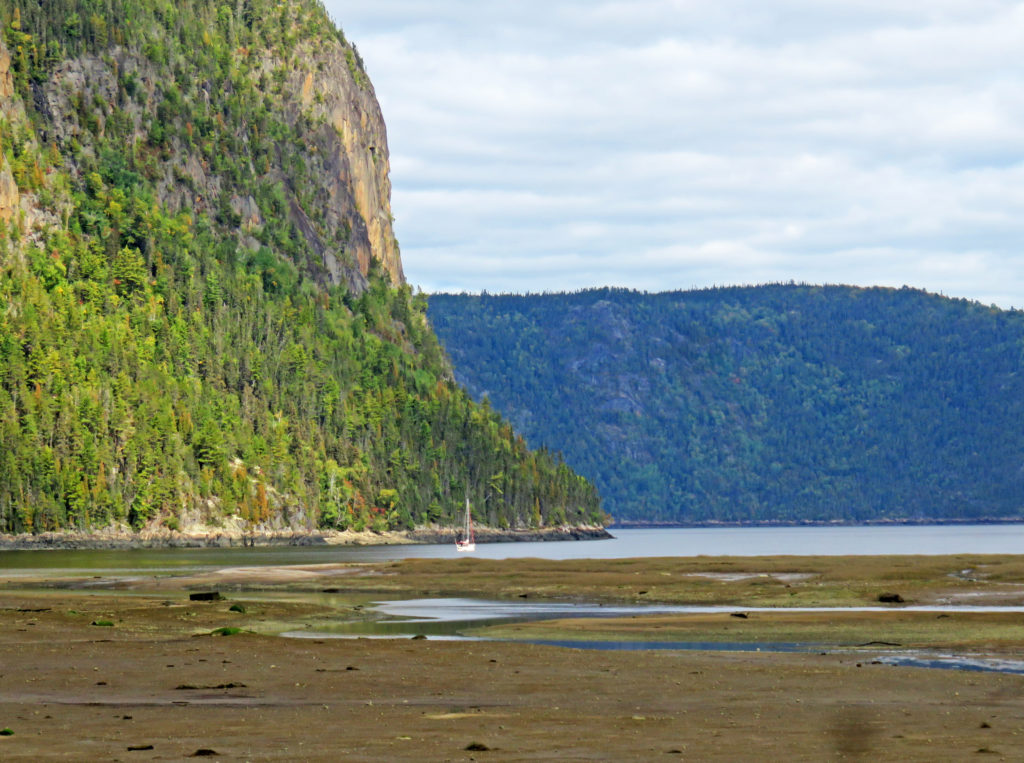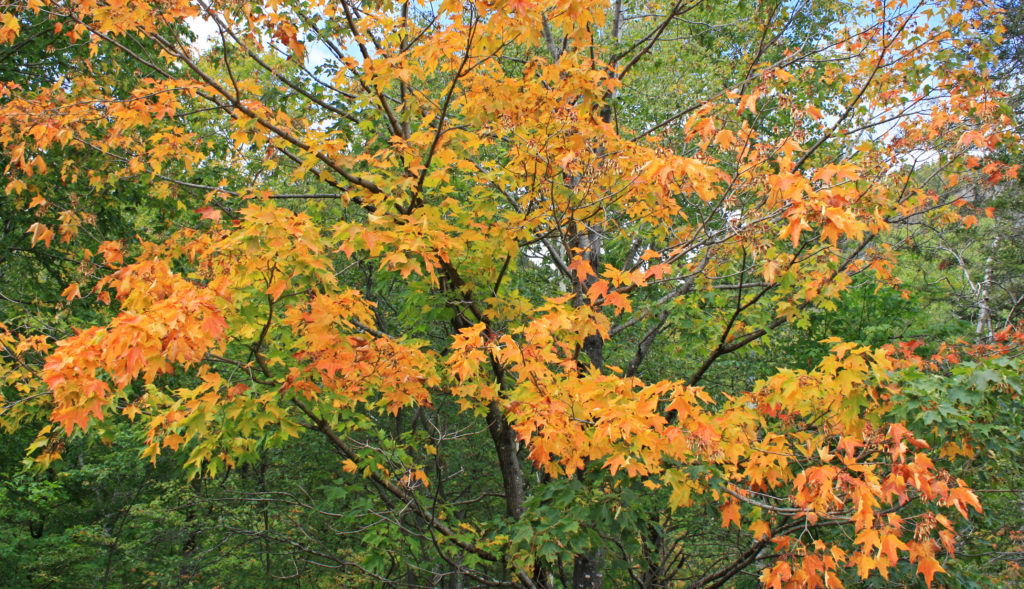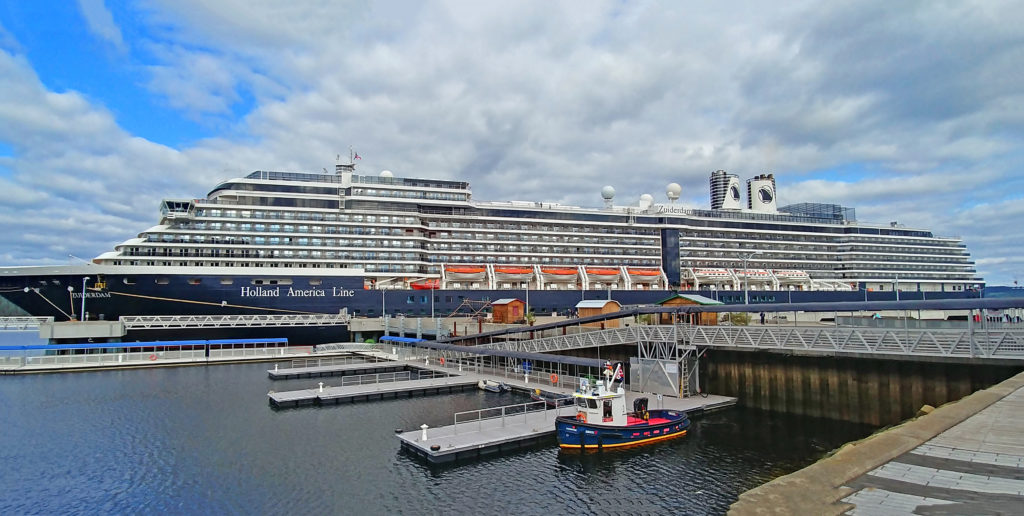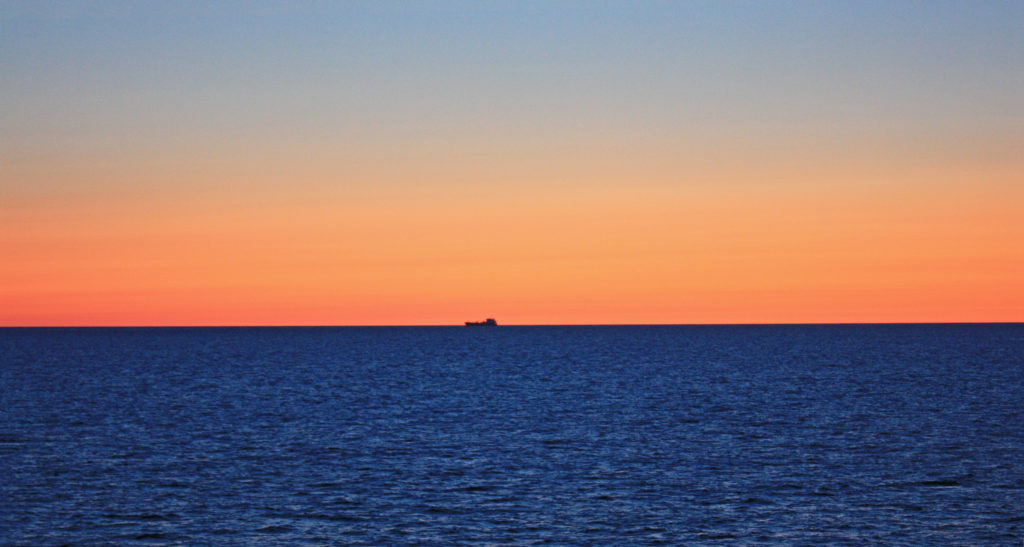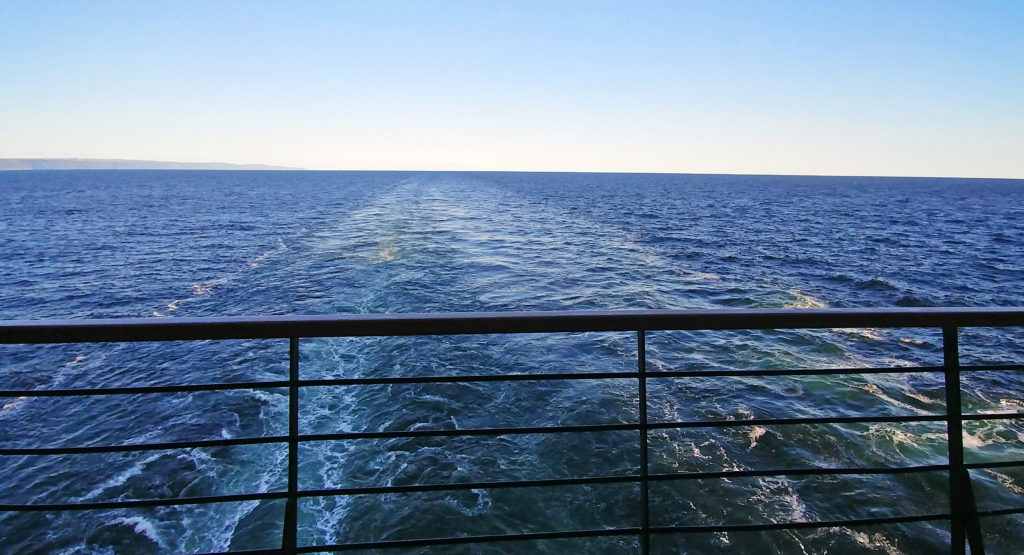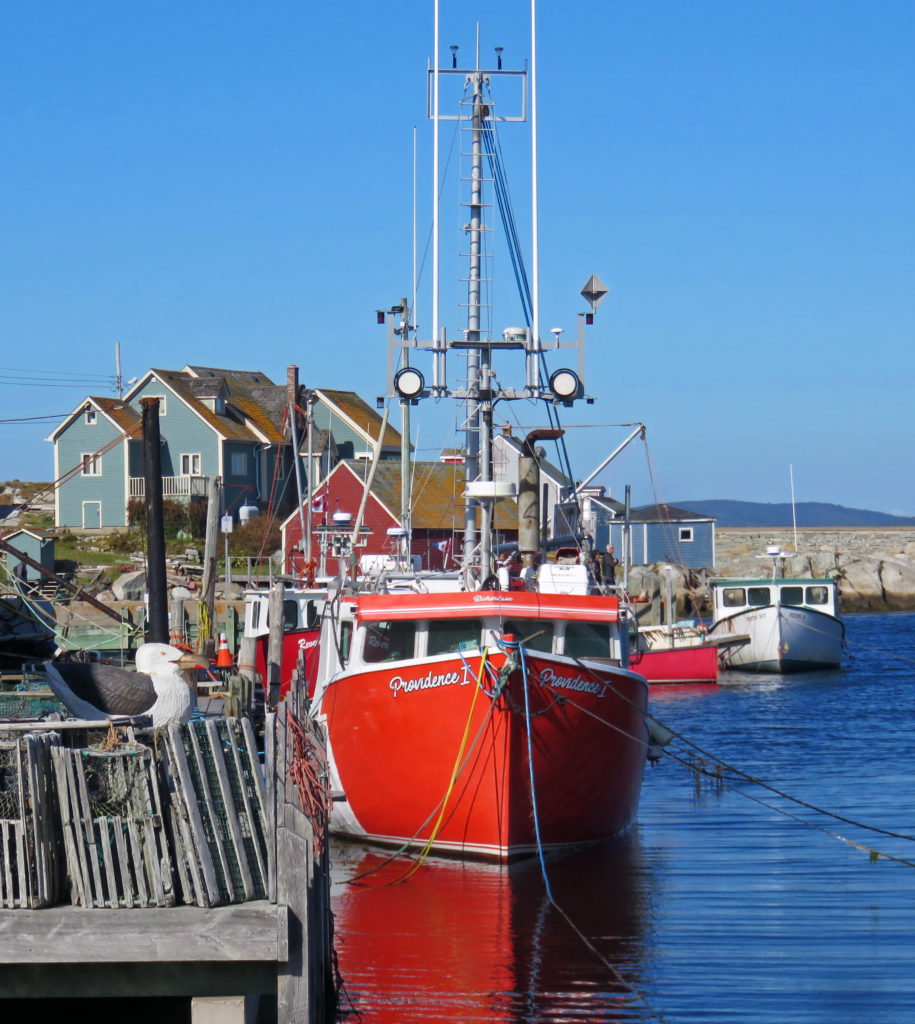
Peggy’s Cove in beautiful Halifax, Nova Scotia.
September 21, 2019
Rise and shine! At 8:15 a.m. the ship arrived at Halifax, Nova Scotia and moored at one of the cruise ship berths. Halifax, the provincial capital of Nova Scotia, is 250 miles southwest of Sydney. The cosmopolitan city of 400,000 has the largest natural harbor on the Atlantic coast, including the United States.
We exited the ship and walked by Halifax Seaport Farmer’s Market. We were overwhelmed with the smells, sights, and sounds of entertainment, fresh vegetables, baked goods, cheese, honey, wine, crafts and a mountain of ethnic cuisine. The Halifax Farmers’ Market was created by a Royal Proclamation in June of 1750, a year after the founding of Halifax. The Market has operated in several locations across the city since its inception in 1750. It moved to the Halifax Seaport in 2010 where it is now known as the Halifax Seaport Farmers’ Market – the longest continuously running Market in North America and proudly hosting over 250 vendors!
After working our way through the market, we boarded a tour bus and were on our way to the quaint fishing village of Peggy’s Cove, an hour away. Peggy’s Cove is a small rural community located on the eastern shore of St. Margaret’s Bay in Nova Scotia’s Halifax Regional Municipality. We were riding there to see Peggy’s Point Lighthouse. Nova Scotia is home to over 160 historic lighthouses and the majestic beacons can be found throughout the province. Peggy’s Point Lighthouse was built in 1915 and is one of Nova Scotia’s most well-known lighthouses.
At Peggy’s Cove we exited the bus and entered a land of stunning rugged beauty with working lobster boats and colorful houses perched along a narrow inlet. The locals have earned a living off the sea since the early 1800s when six fishermen and their families-built homes there. They found this to be a sheltered cove offering close proximity to the large populations of fish in St. Margaret’s Bay. The main livelihood was catching groundfish like cod, pollock and haddock which they would clean, split and salt before shipping overseas.
As we looked toward the ocean, we immediately saw Peggy’s Point Lighthouse, a striking red and white beacon standing atop a granite outcrop. Built on rolling, rocky formations near the edge of the ocean, it had a commanding presence from all around. We hiked over huge boulders to get a better look. As we got closer to the lighthouse, we could hear the waves crashing on the rocks around the beacon. We could have stayed there much longer taking in the beauty and uniqueness of Peggy’s Cove but had to head back to Halifax.
After we left our tour bus we stopped for lunch in the market and then began an exploration of the beautiful waterfront. The waterfront in Downtown Halifax was the site of the Halifax Harbourwalk, a popular two-mile long tourist attraction. Many mid-sized ships dock at the many wharfs. The Harbourwalk was home to the Halifax Transit ferry terminal, hundreds of stores, historic properties and several office buildings.
We grabbed a map and headed north on the Harbourwalk. It was a beautiful sunny day with a nice northerly breeze. The wide, wooden boardwalk provided pedestrian access to a myriad of activities and sights including harbor tour boats, museums, hotels, restaurants, outdoor entertainment and an old Canadian Navy ship on display. The harbor was full of sailboats taking advantage of the gorgeous weather and sailing conditions.
This was one of the best waterfront experiences of any city we had ever visited. At one point in the middle of the boardwalk was a large cement “wave” caught just at the point of breaking – a pretty unusual sculpture. During our walk we stopped at a “Cows” store take-out window for some excellent Canadian ice cream. Halifax was definitely one of our favorite cruise port visits and we would be back!
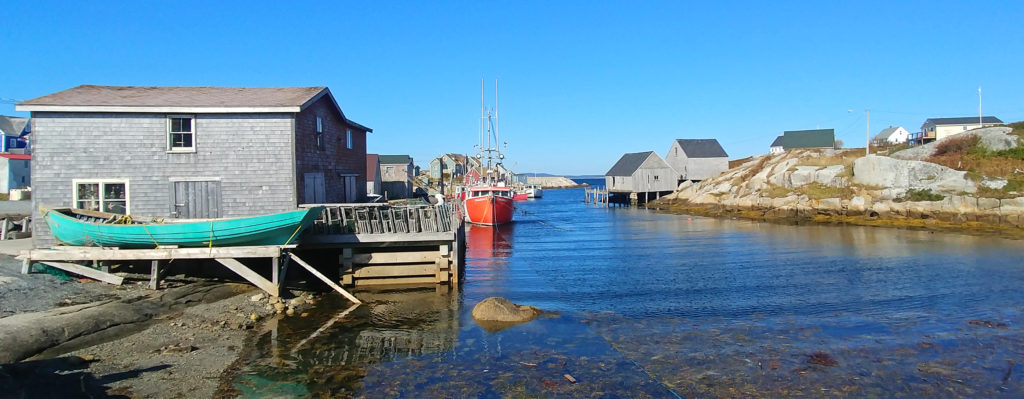
Scenes from Peggy’s Cove.
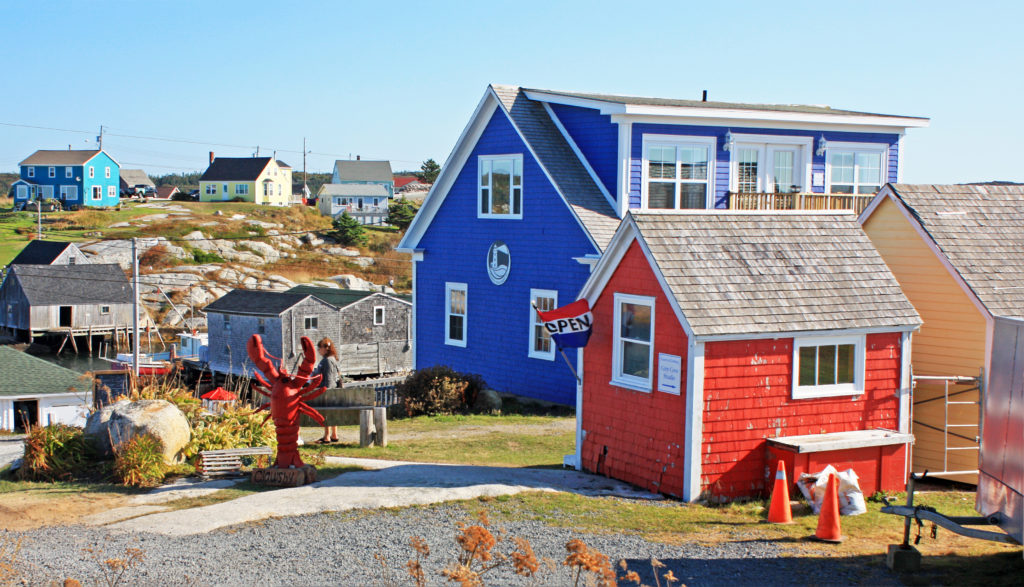
A lobster stands guard!
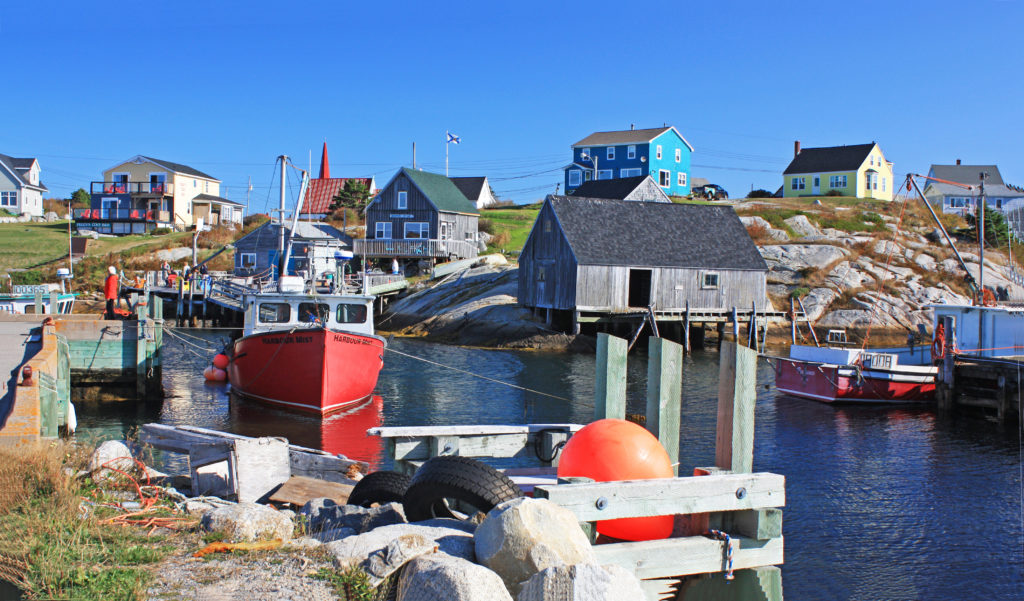
A narrow inlet with lobster boats and bungalows.
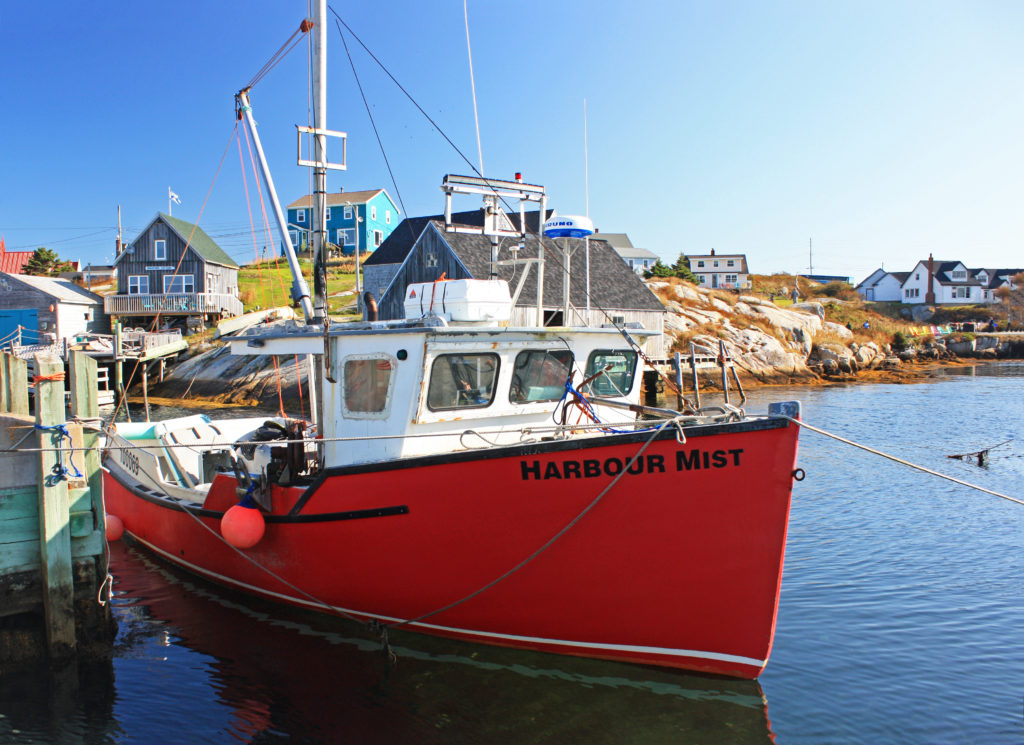
A colorful fishing boat ready to head out.
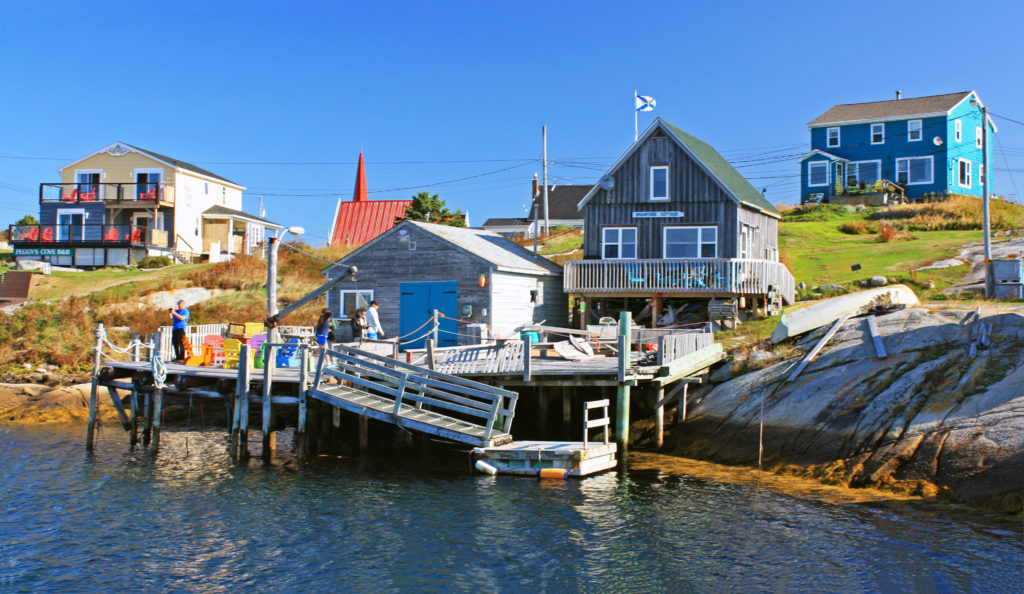
Cottages abound on Peggy’s Cove.
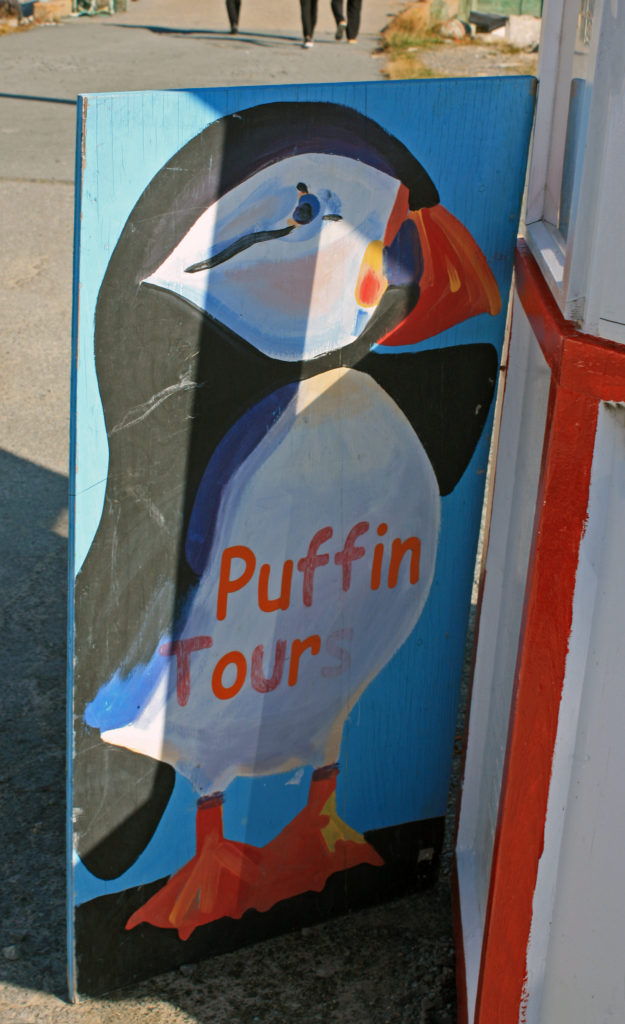
Puffin tours anyone?
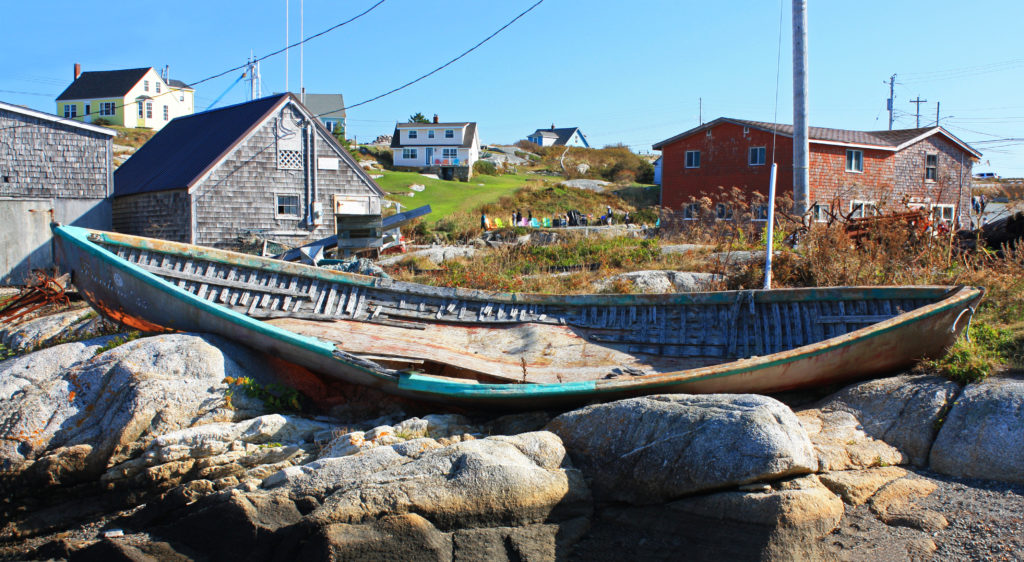
A derelict boat on display.
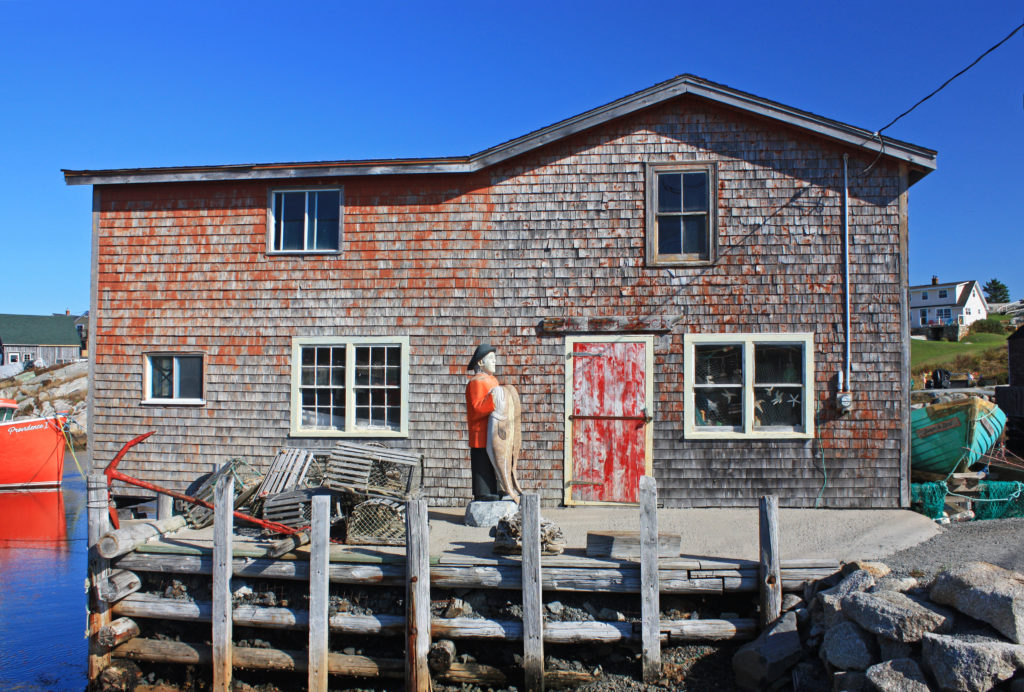
A weathered rugged building guarded by a fisherman.
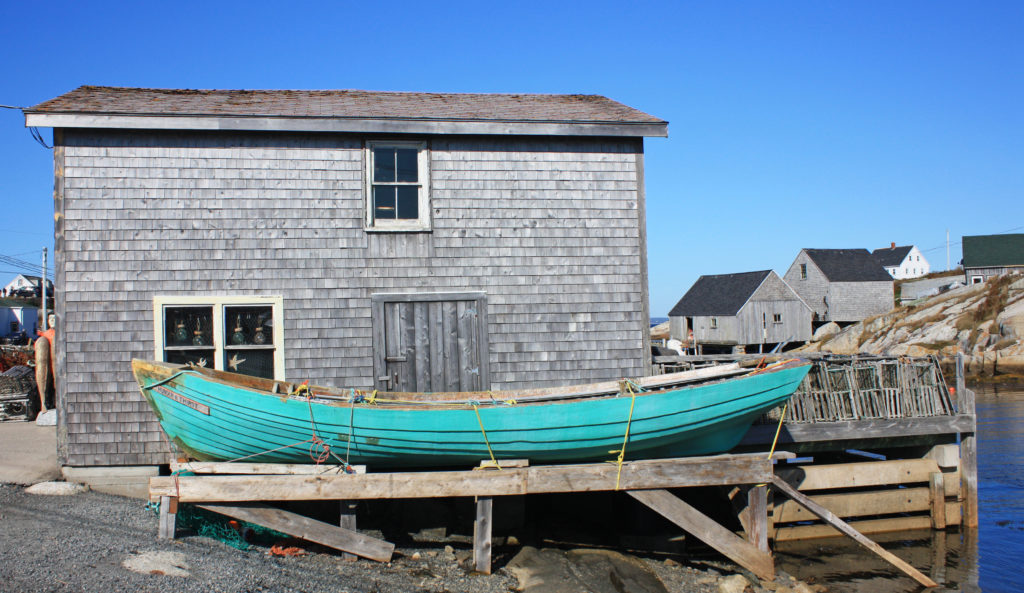
Boat art.
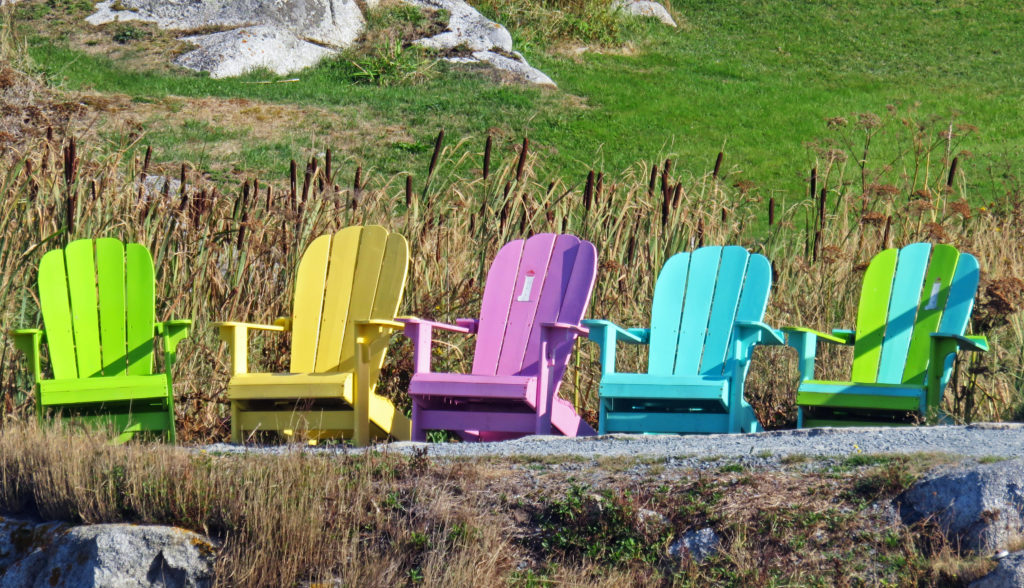
Colorful Adirondack chairs waiting for weary tourists.
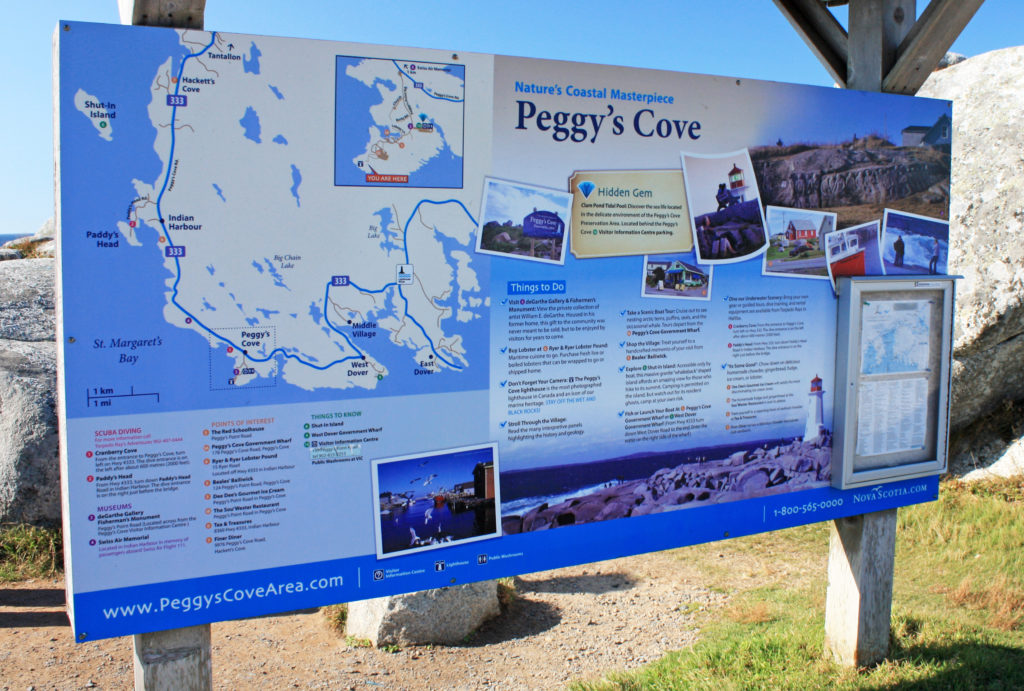
Be well informed on Peggy’s Cove.
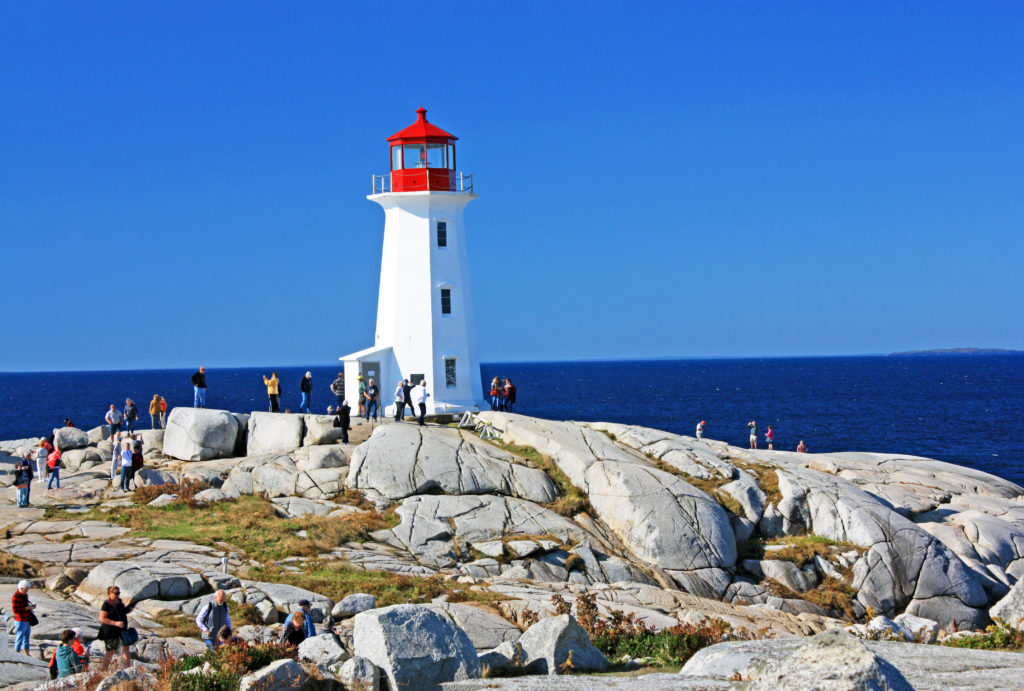
Peggy’s Point Lighthouse stands tall near the edge of the ocean.
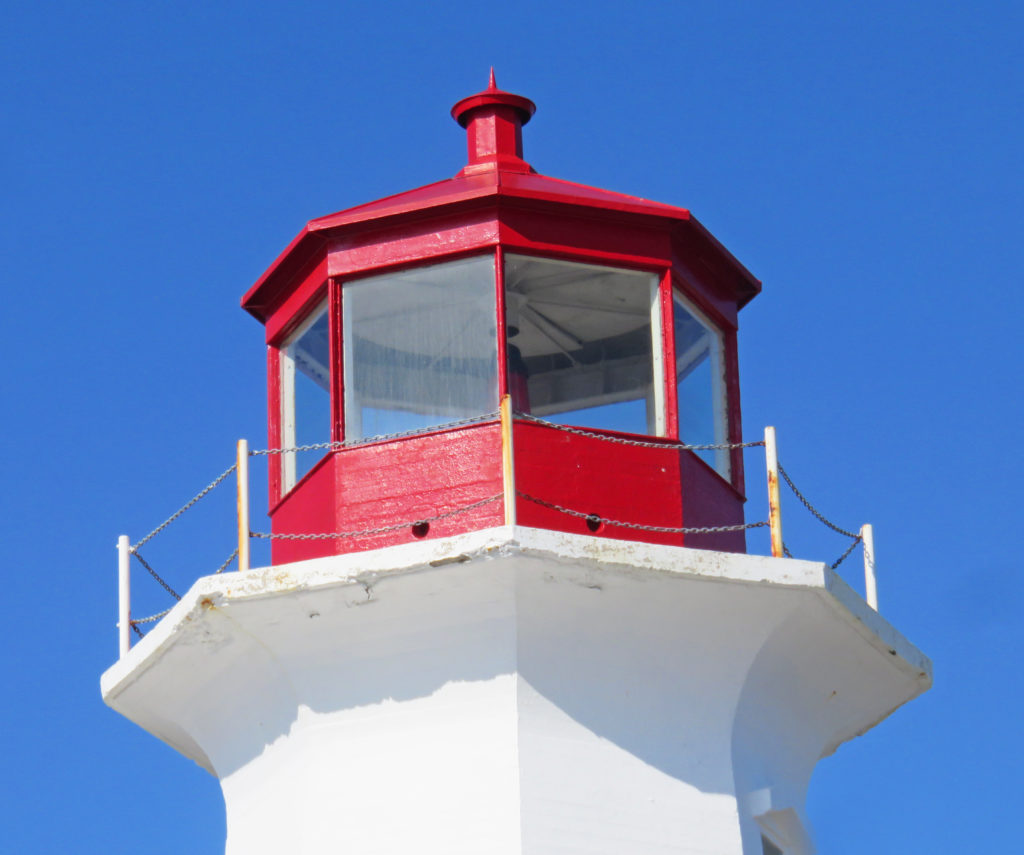
Peggy’s Point Light lantern.
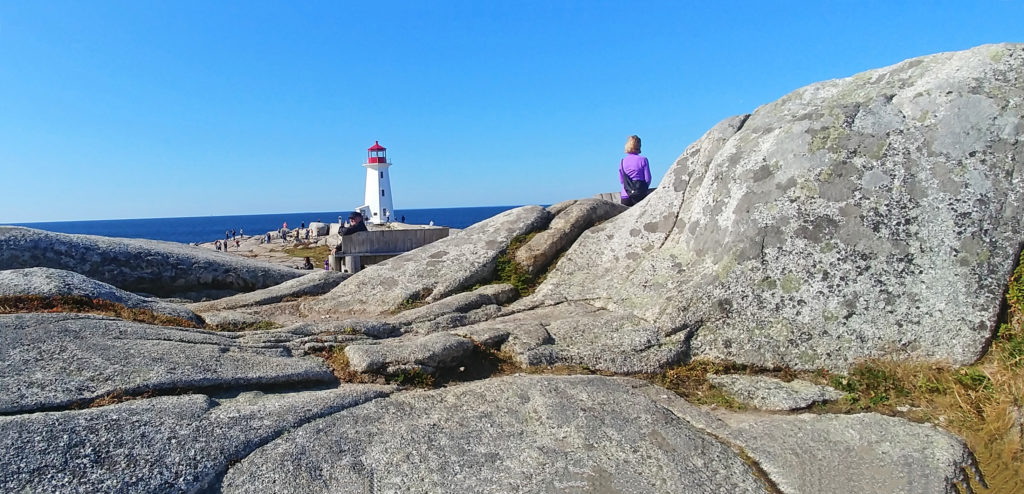
Peggy’s Point Lighthouse from a distance.
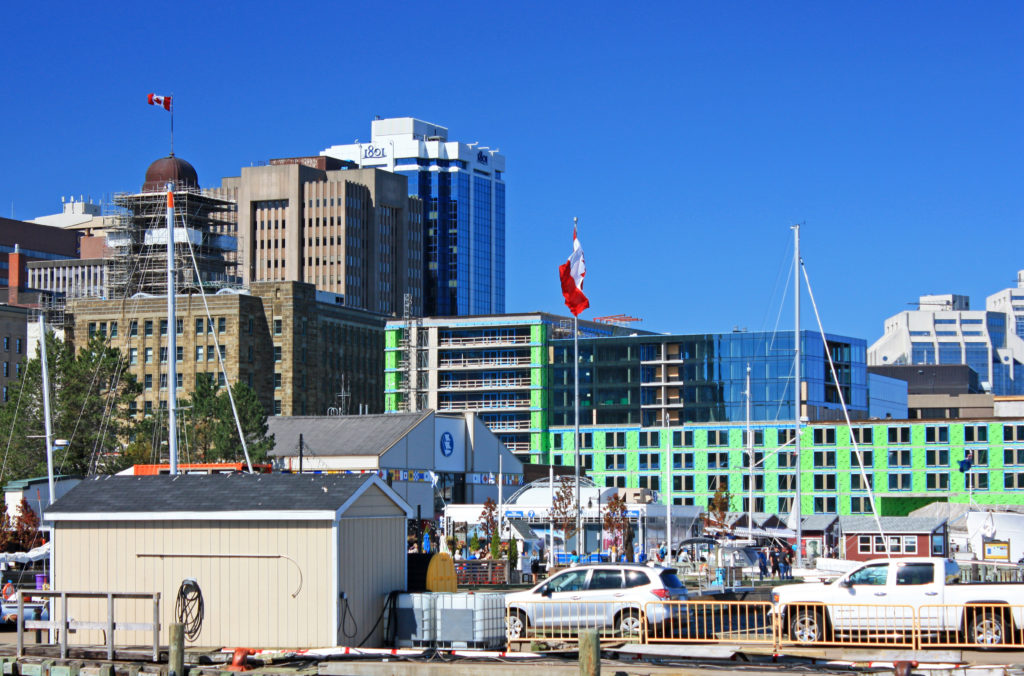
Sights of the Halifax waterfront from our cruise ship.
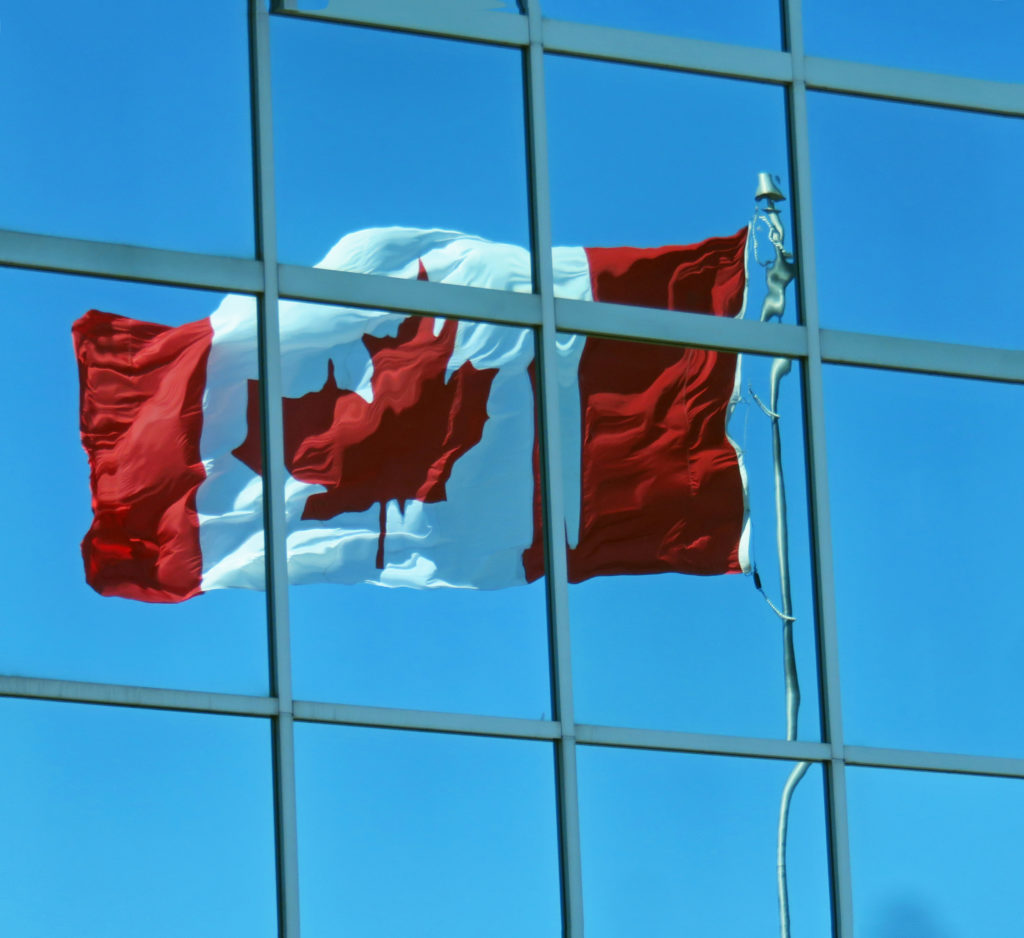
A reflection of the Canadian flag in an office building window.
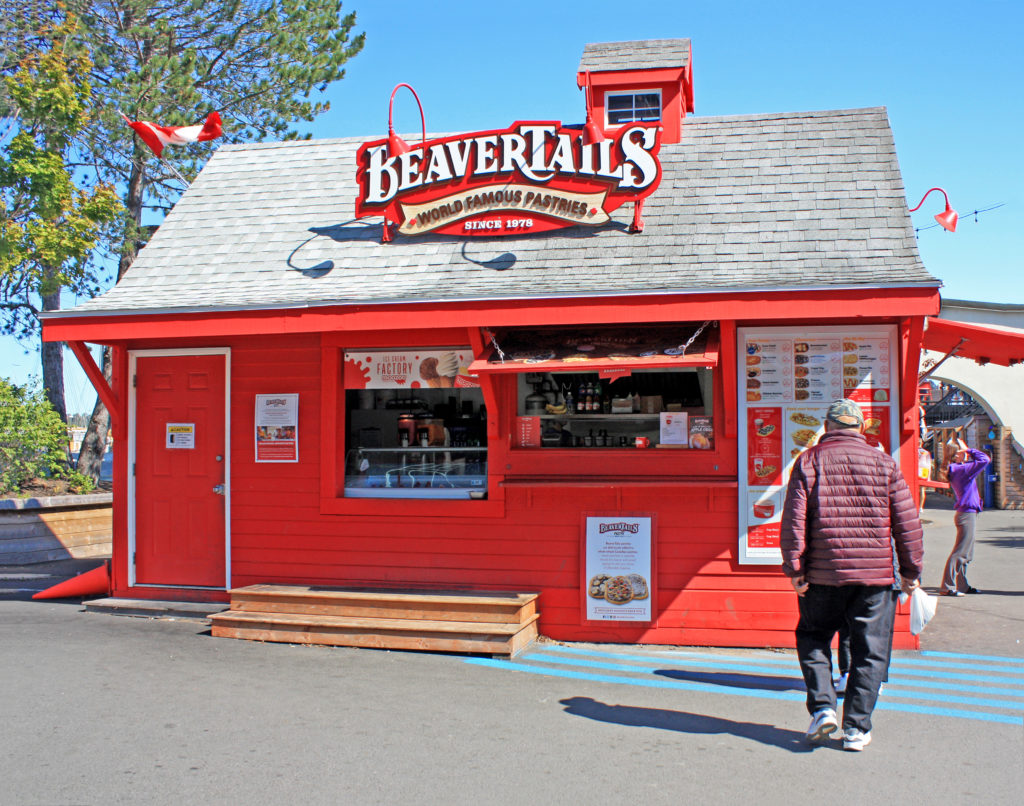
Another chance to enjoy a “Beavertail” delight.
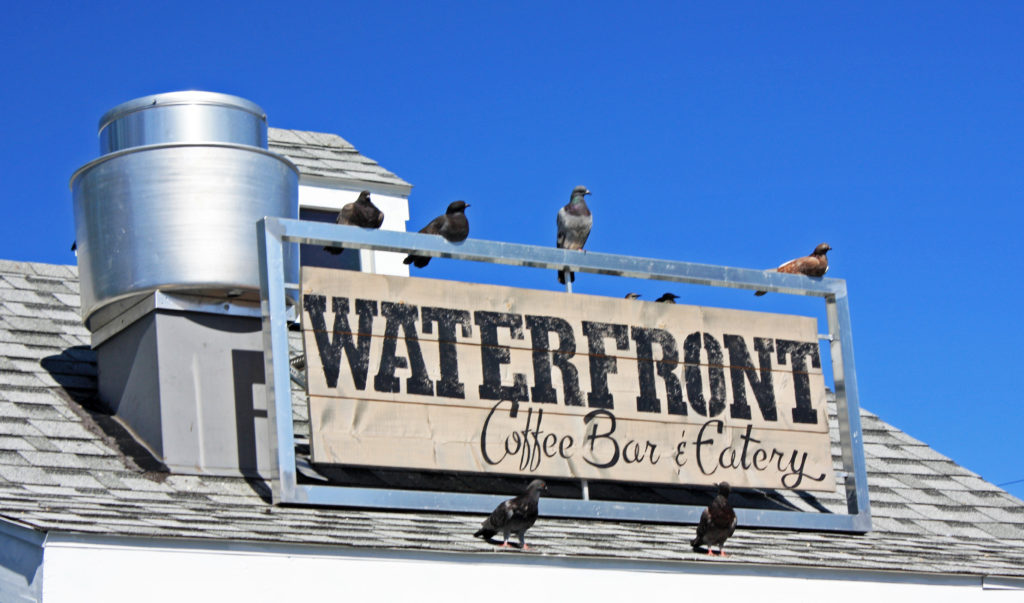
Pigeons enjoying a “bird’s eye” view.
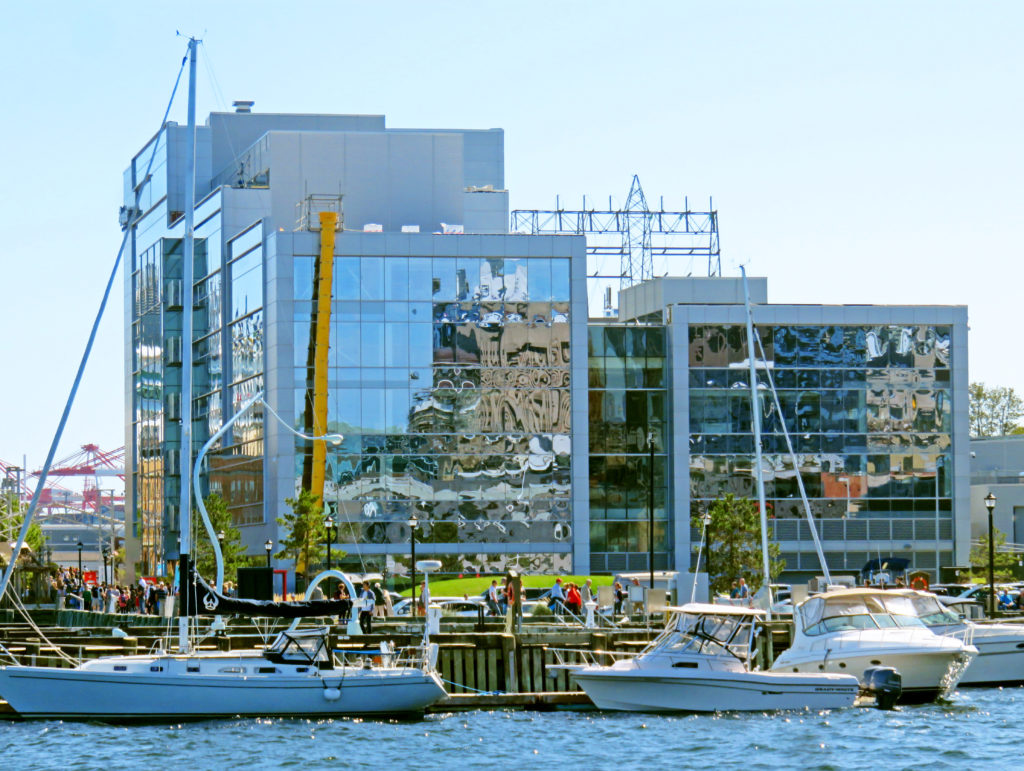
Sailboats bob up and down in the harbor.
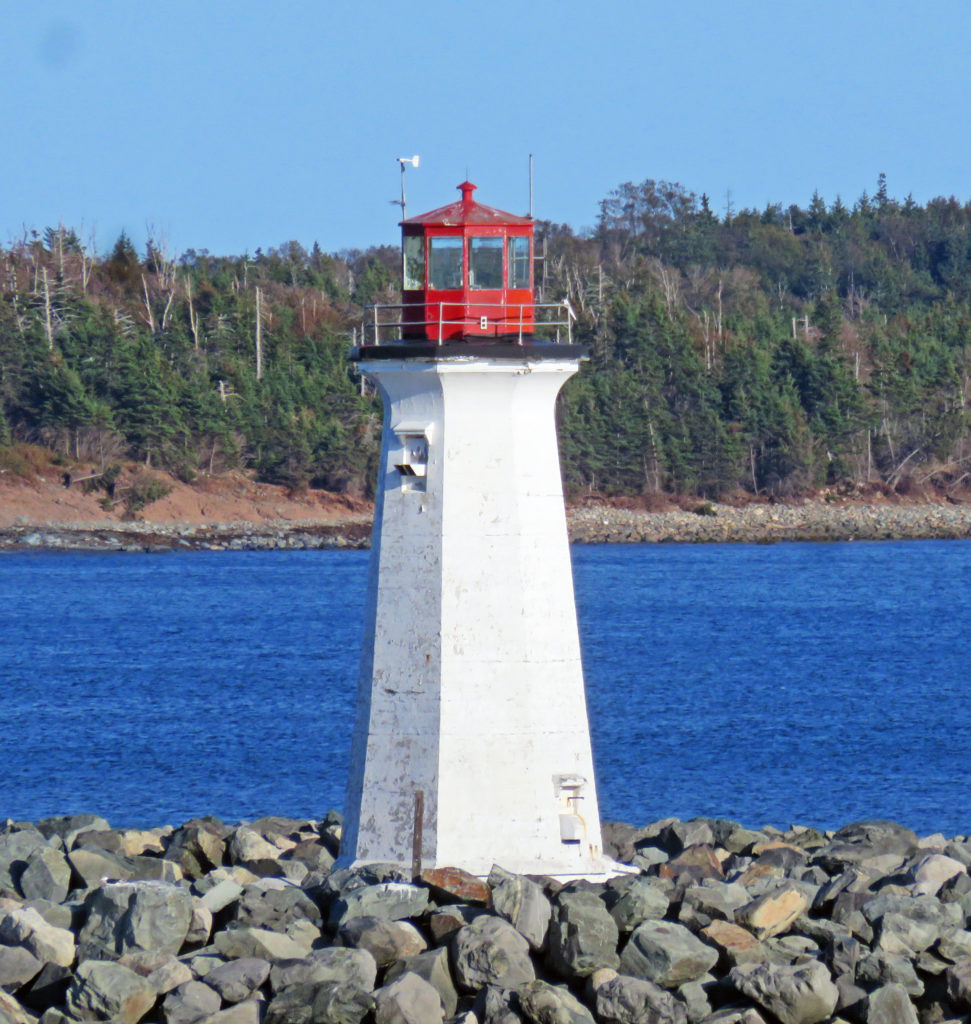
A small lighthouse in the harbor.
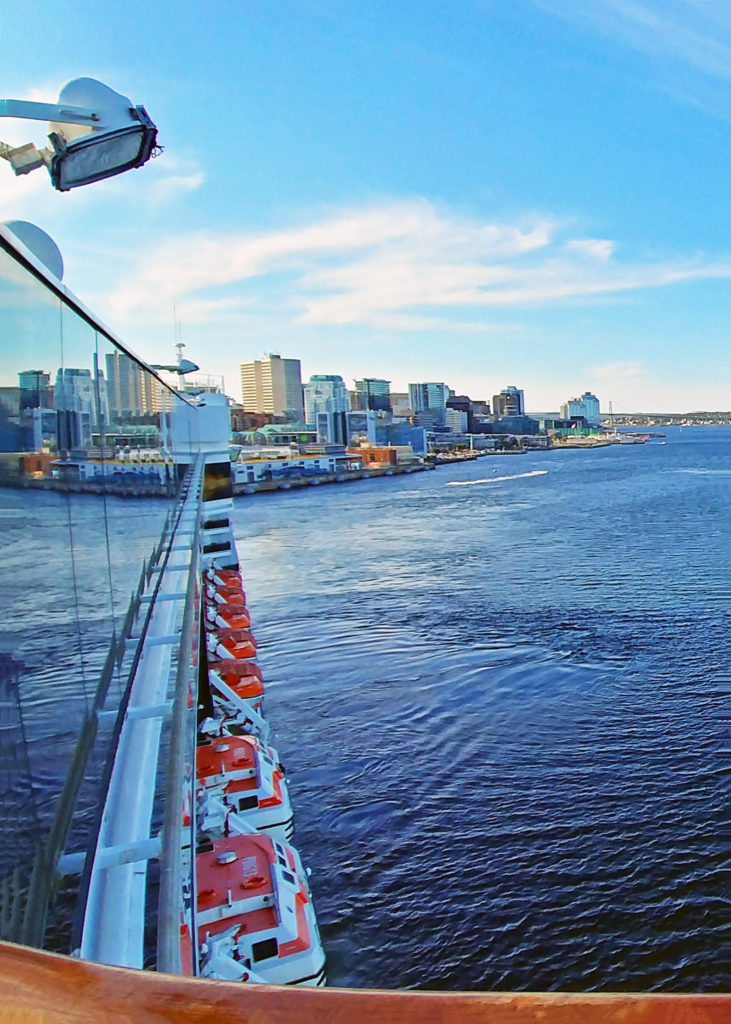
A ship-side view of Halifax from our cruise ship.
